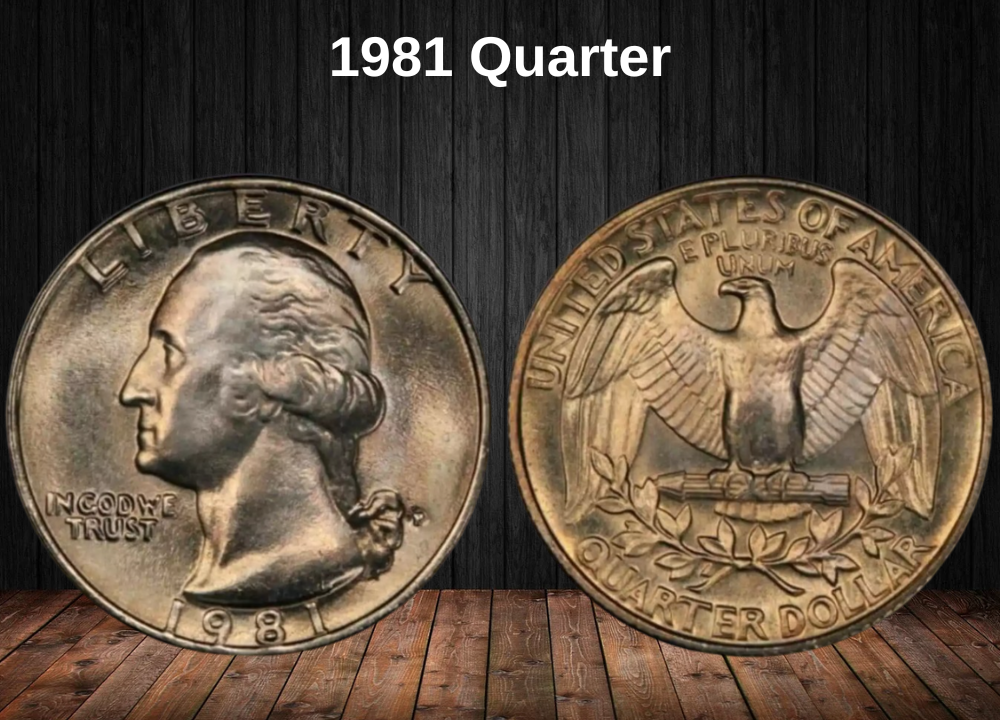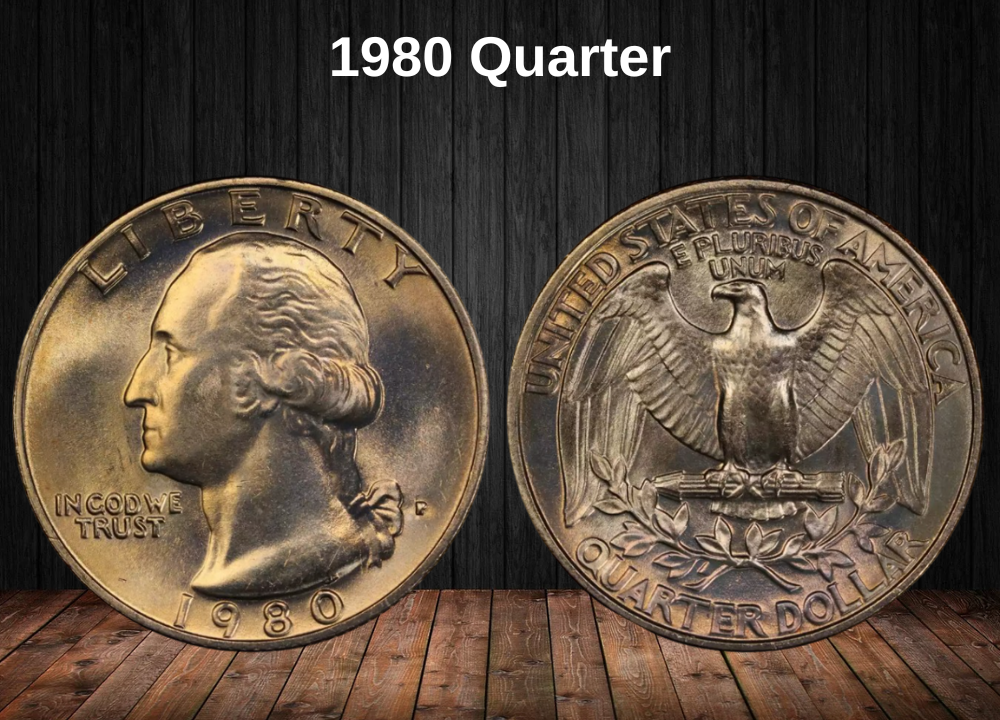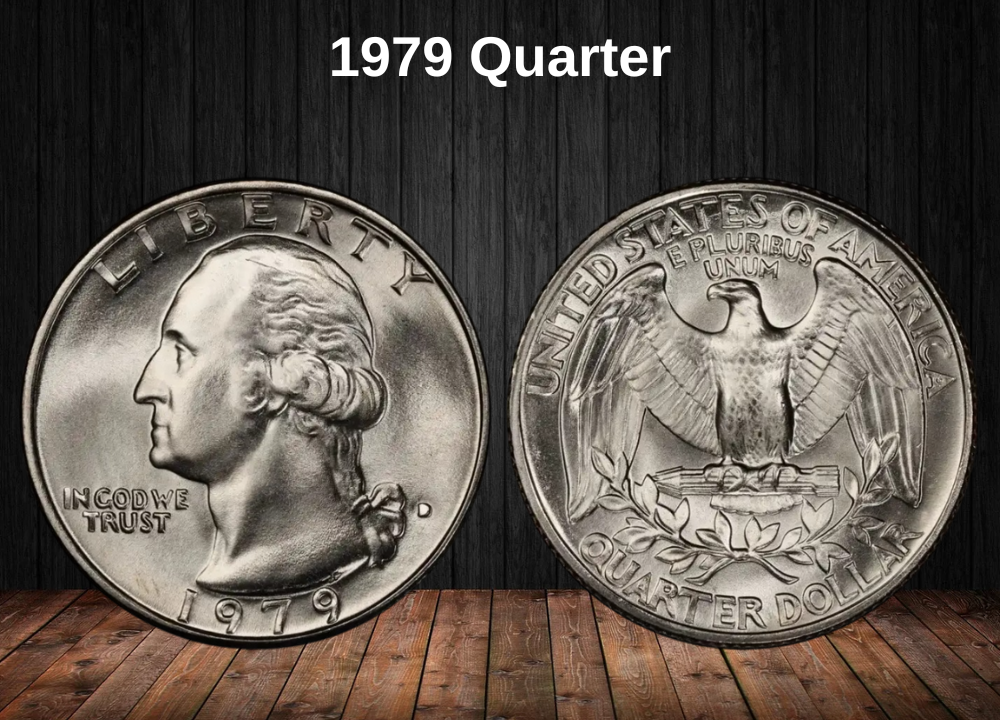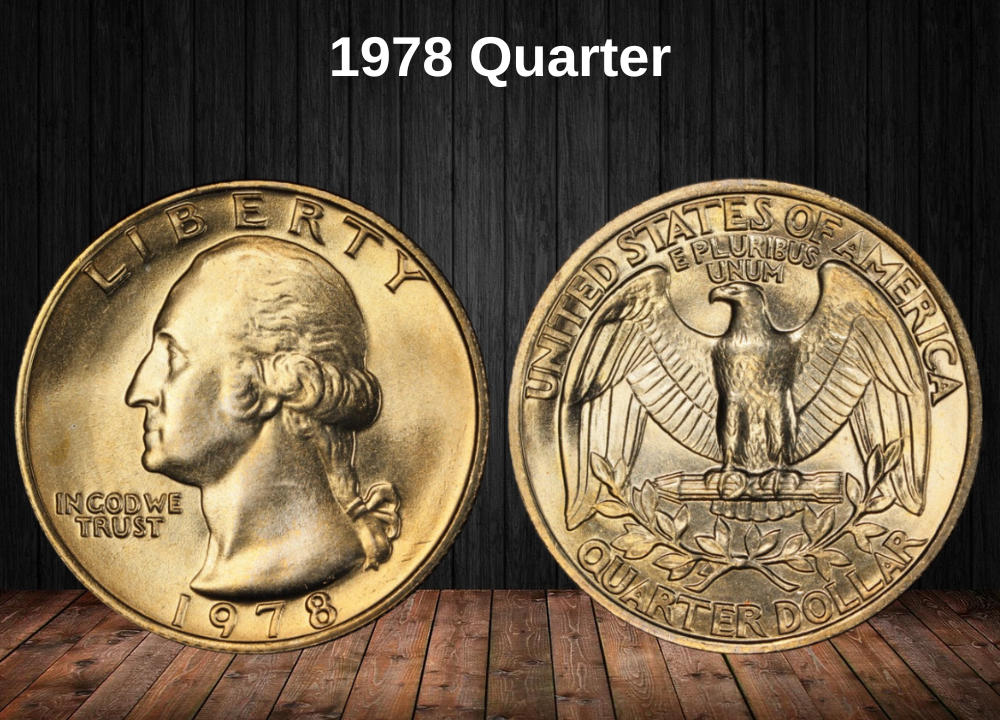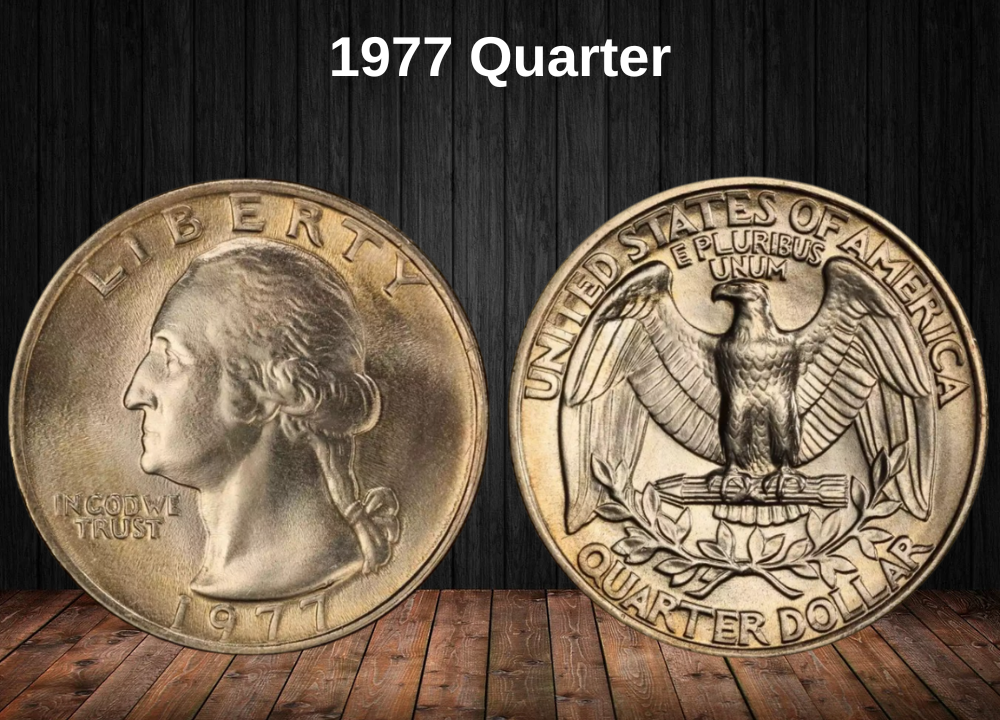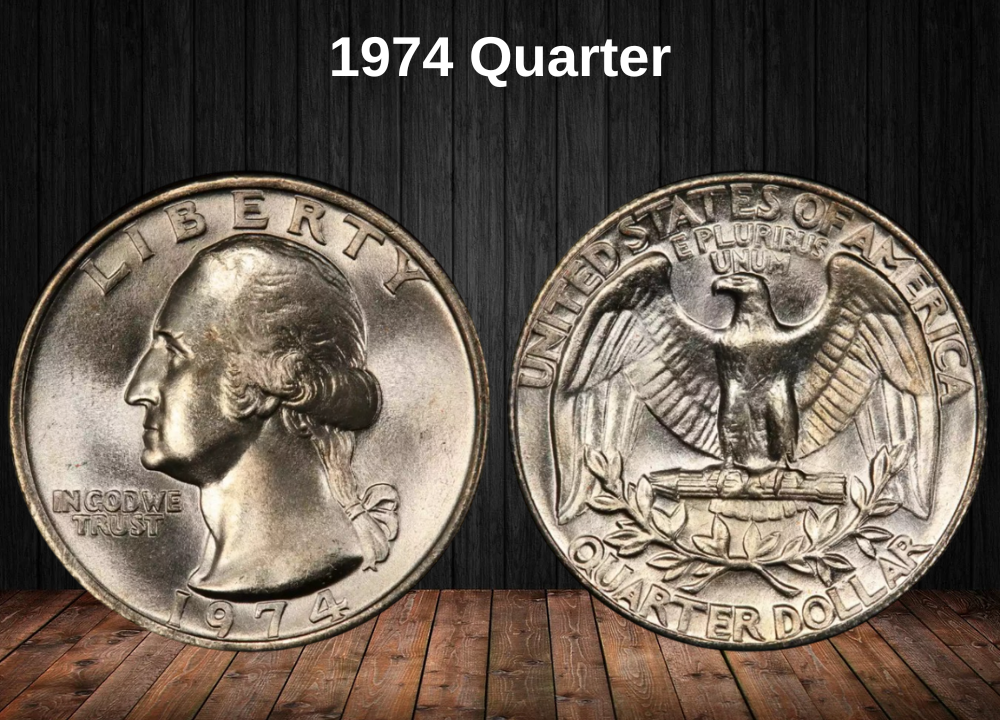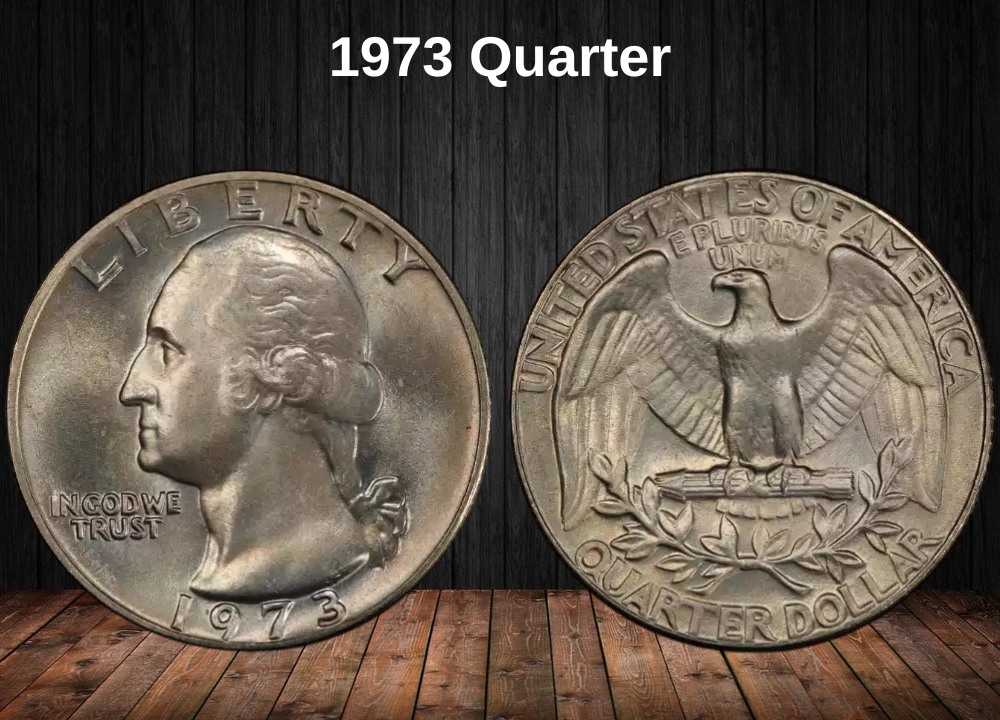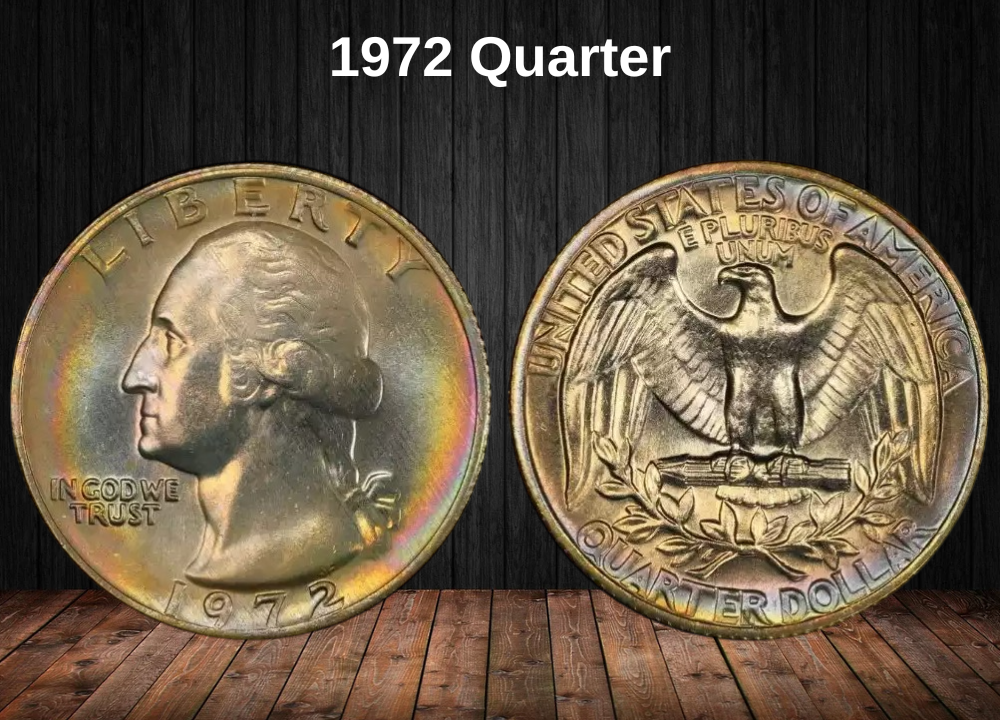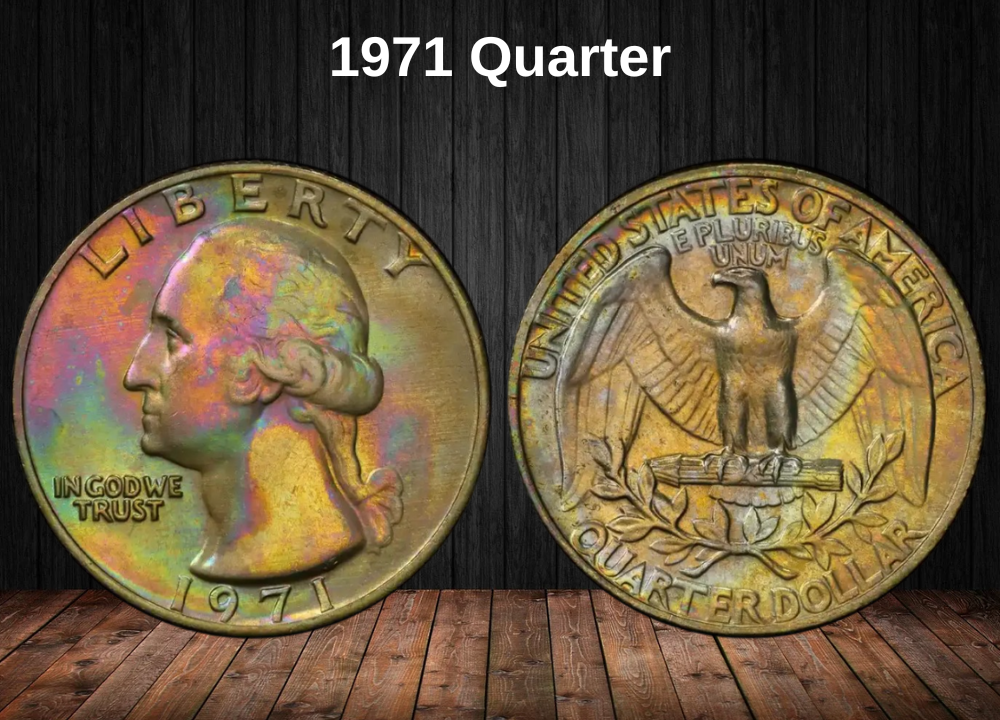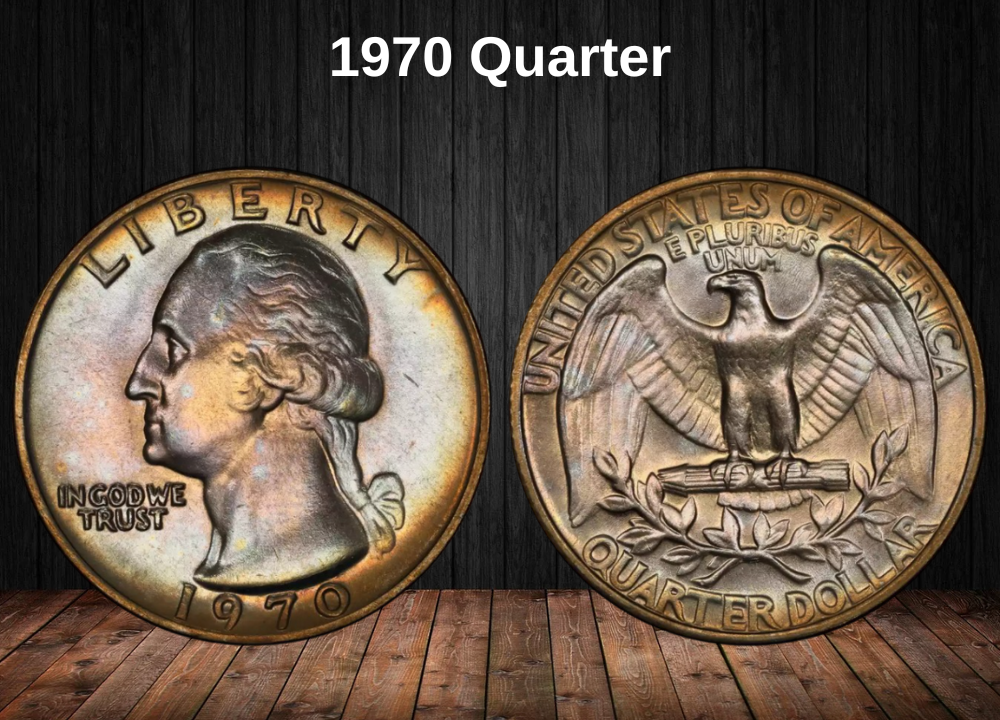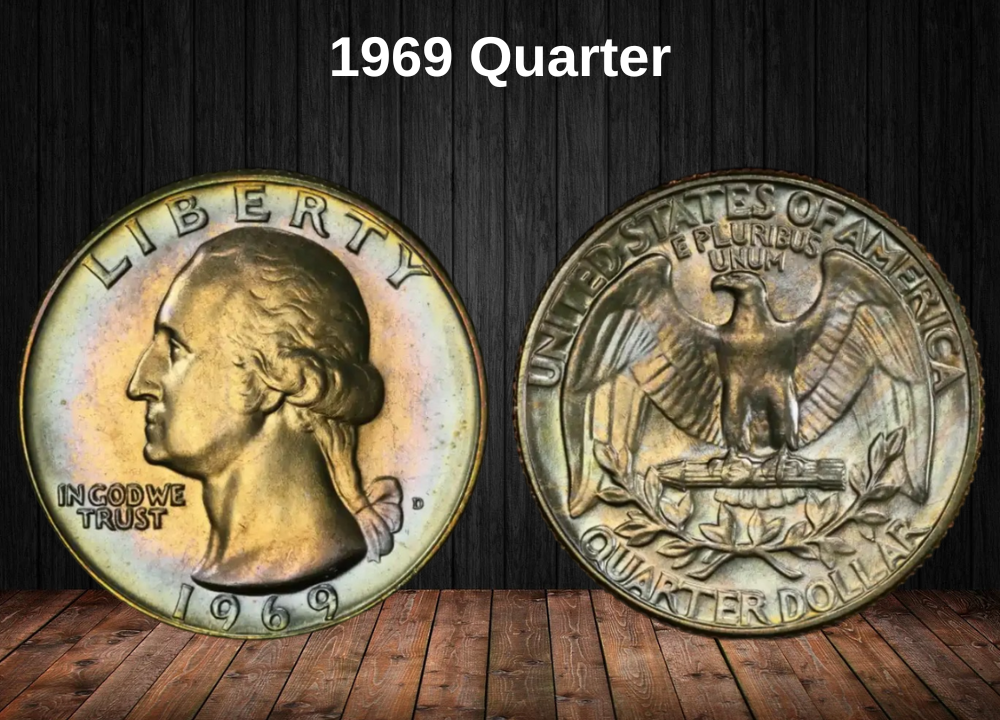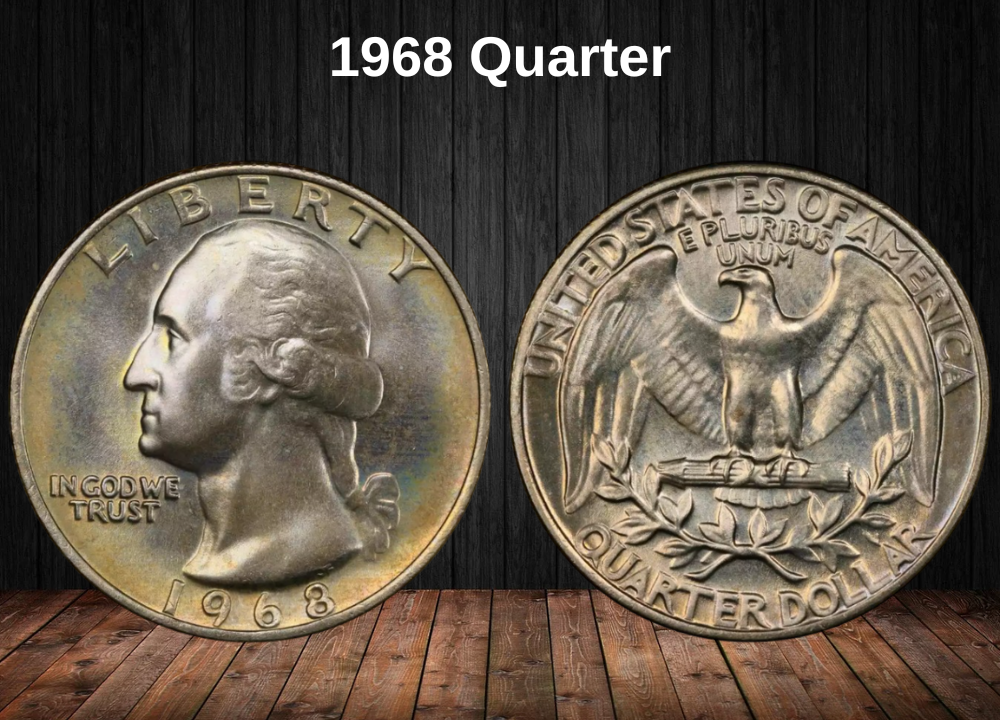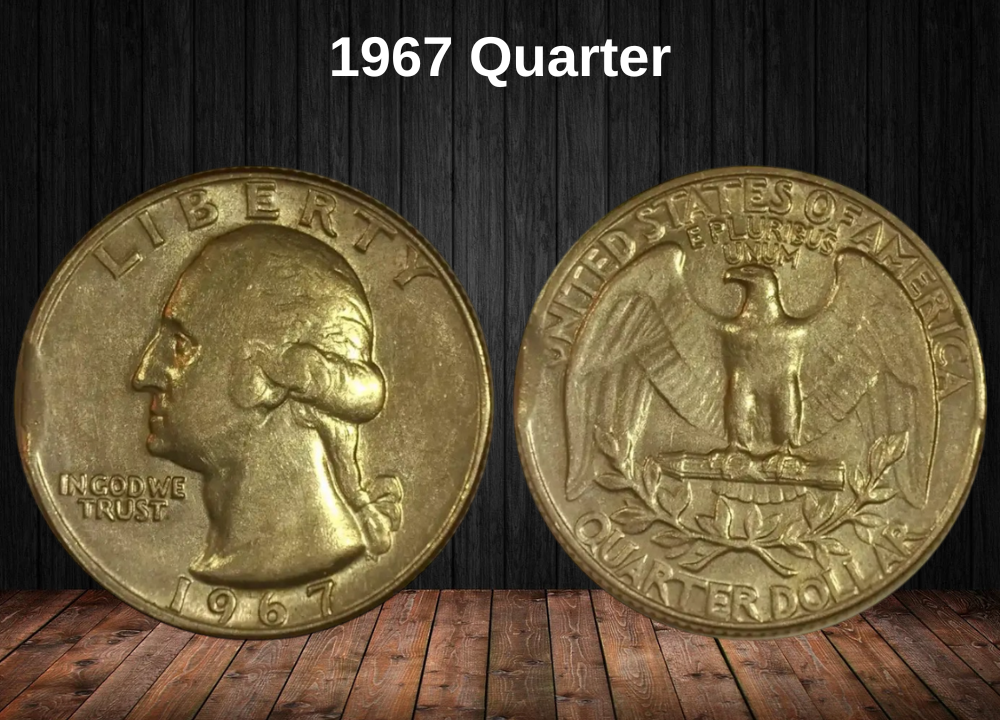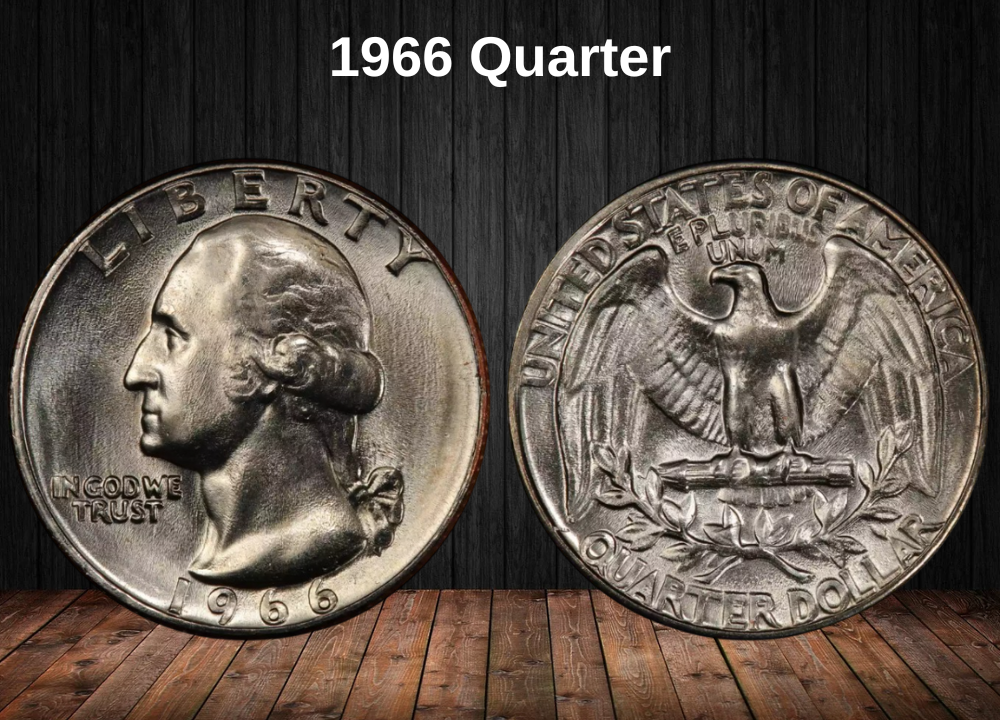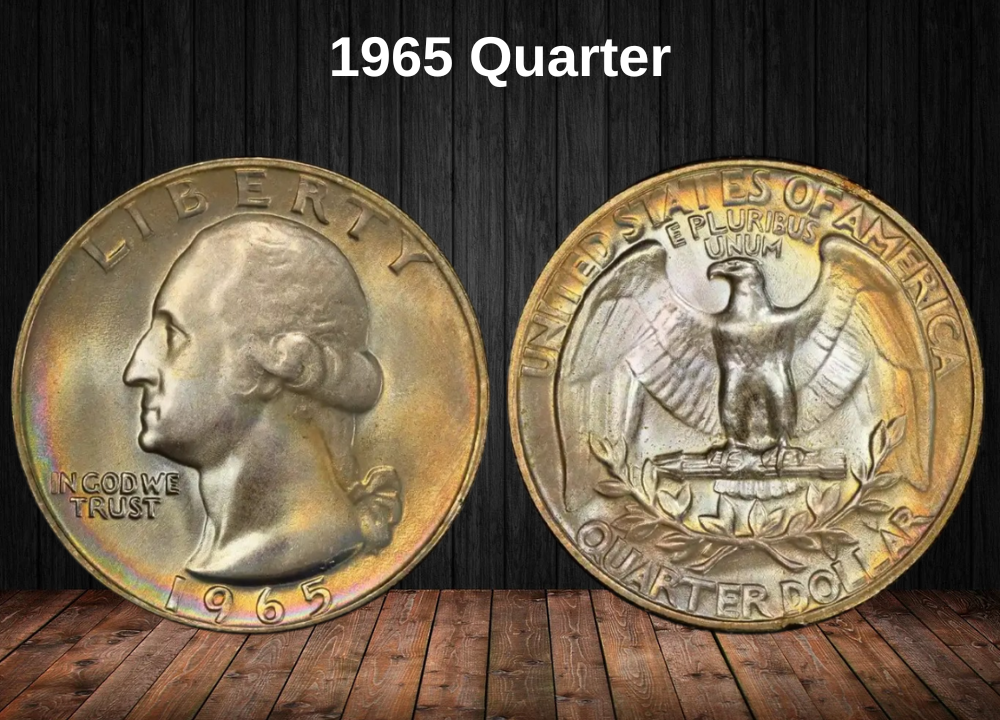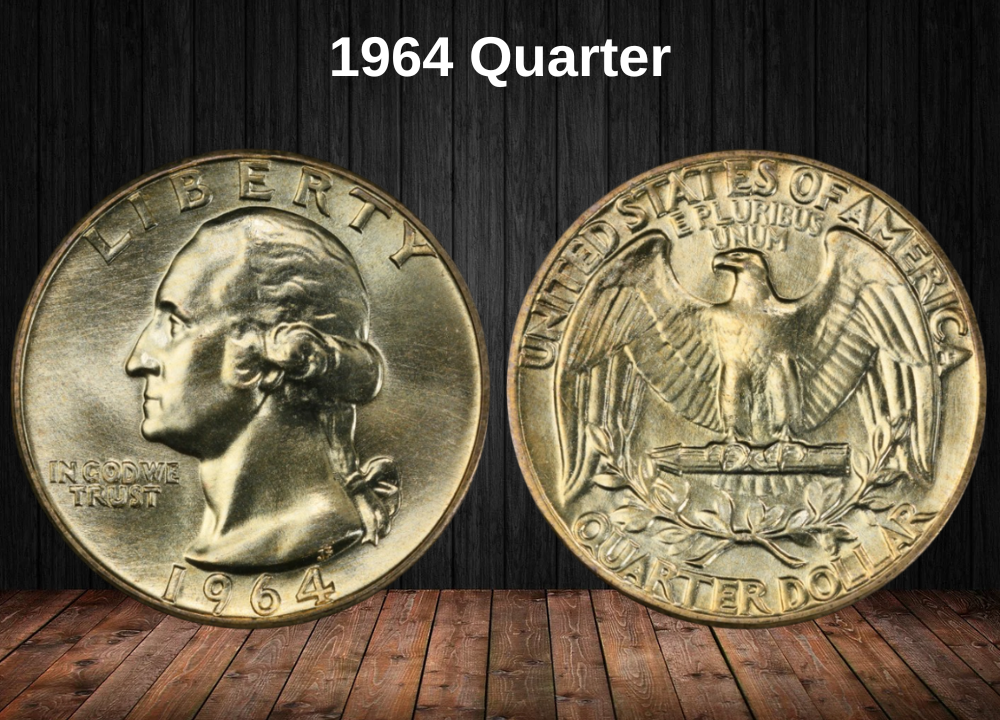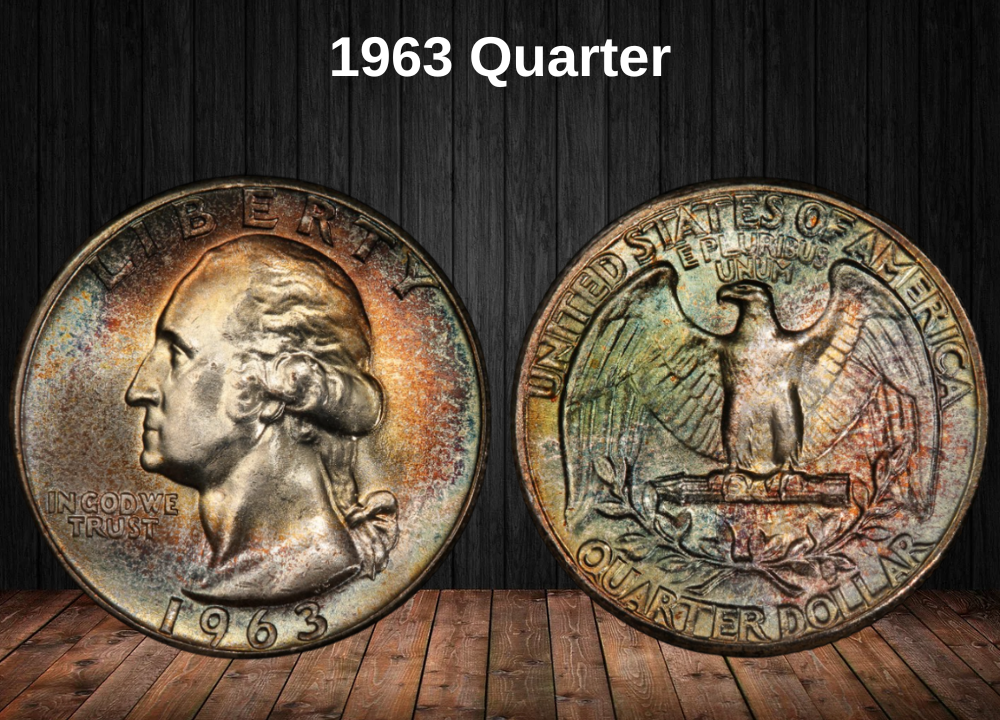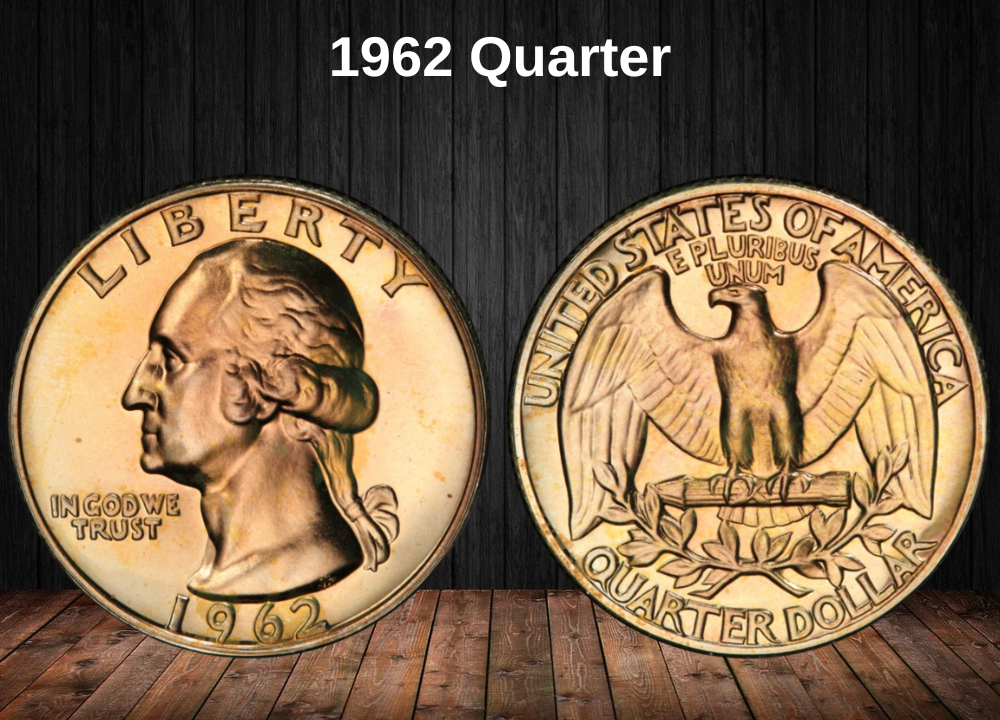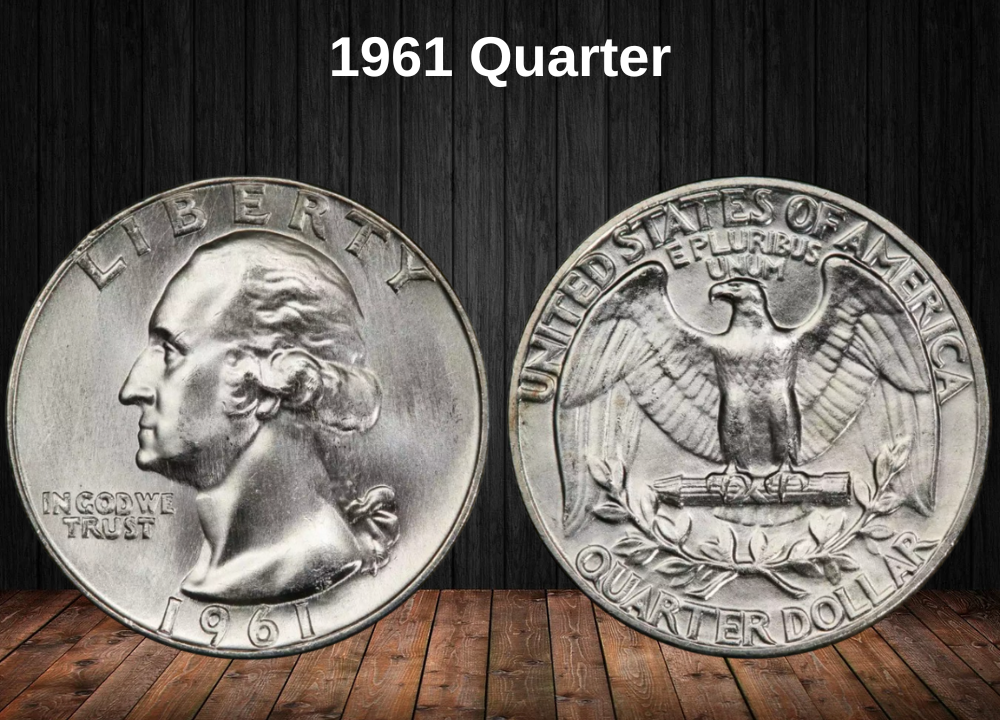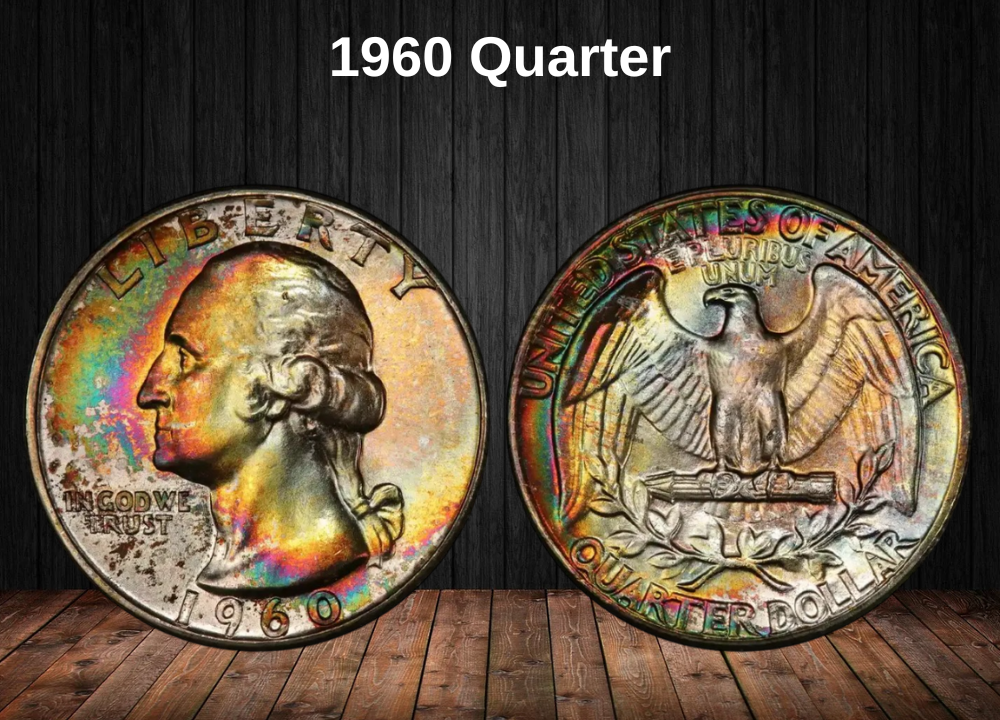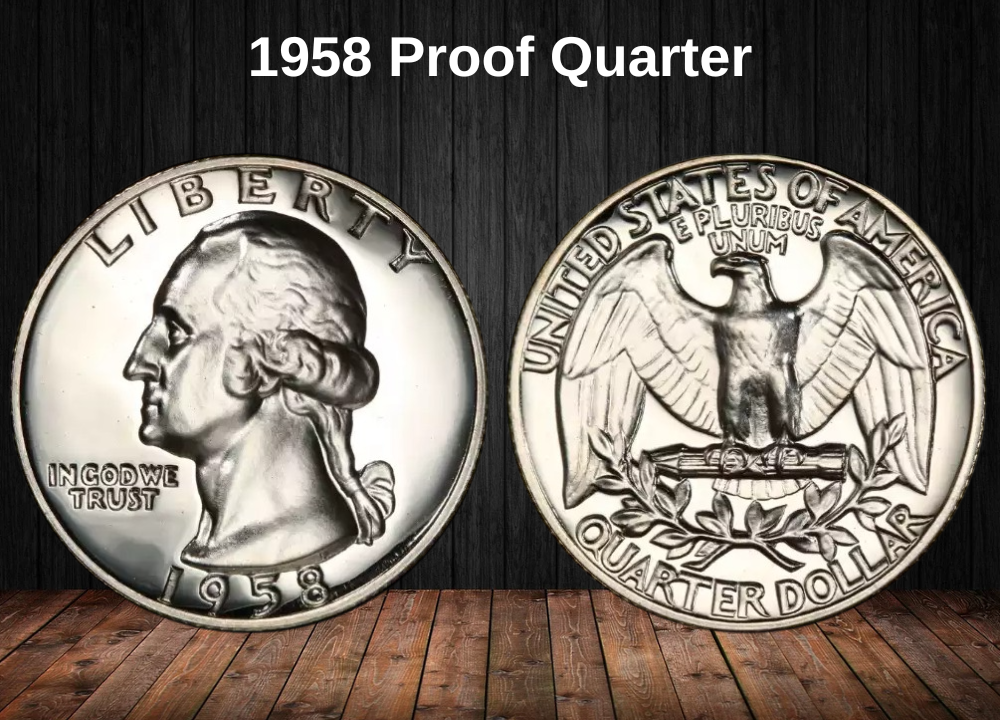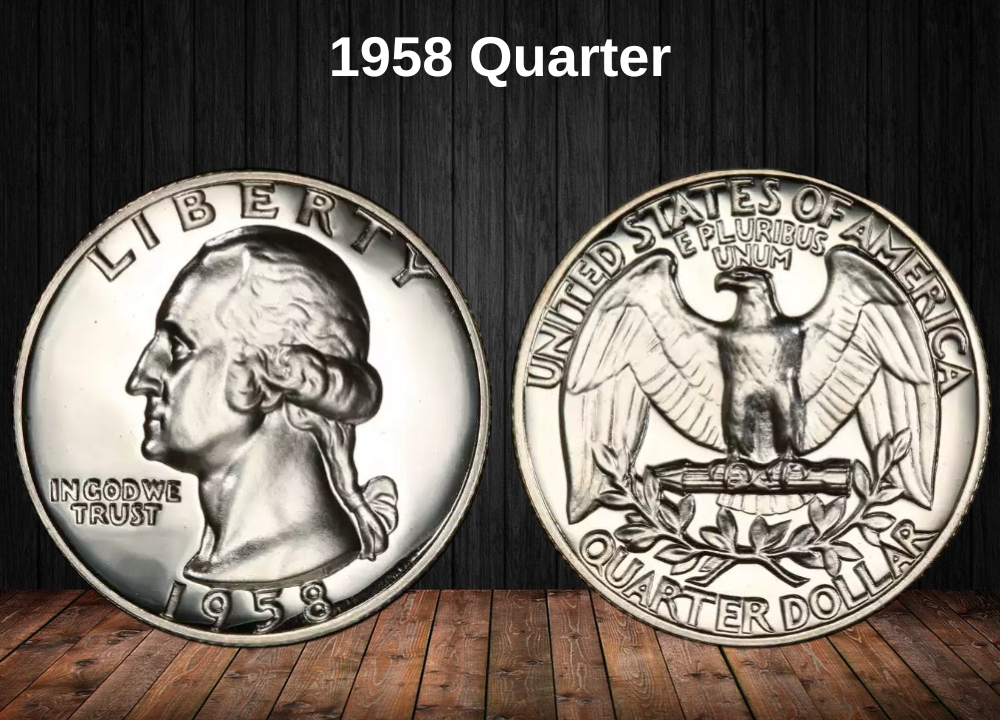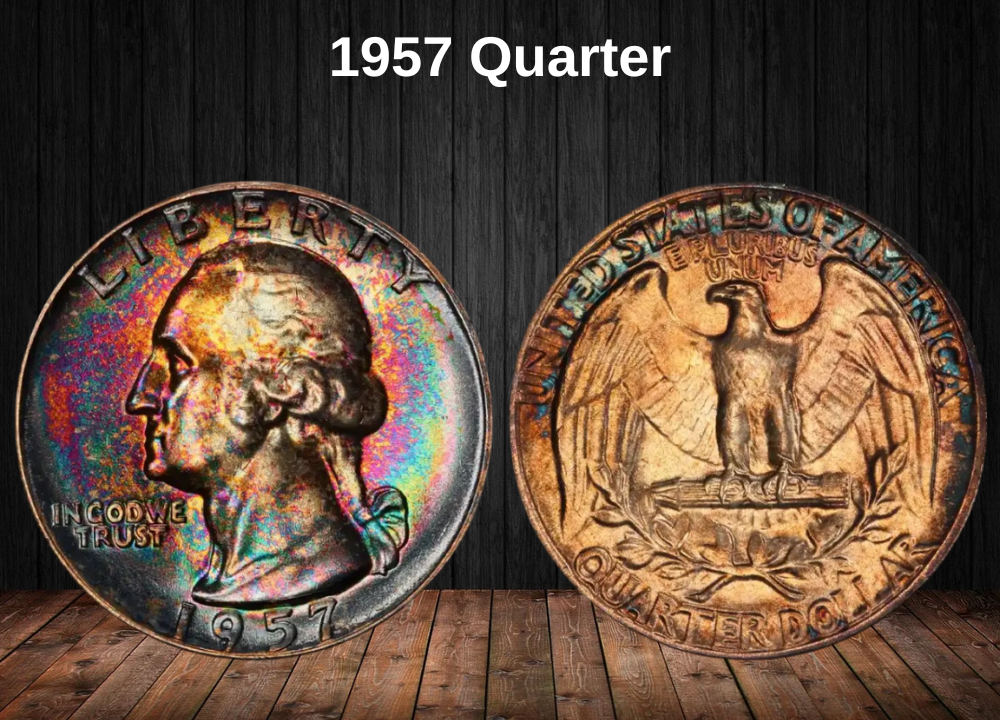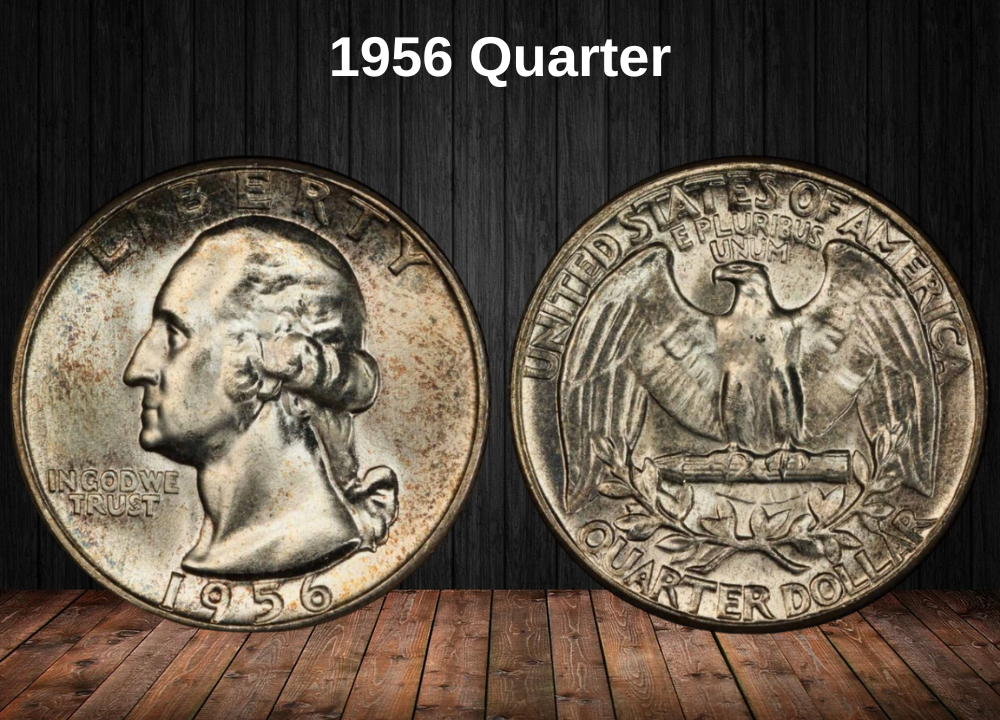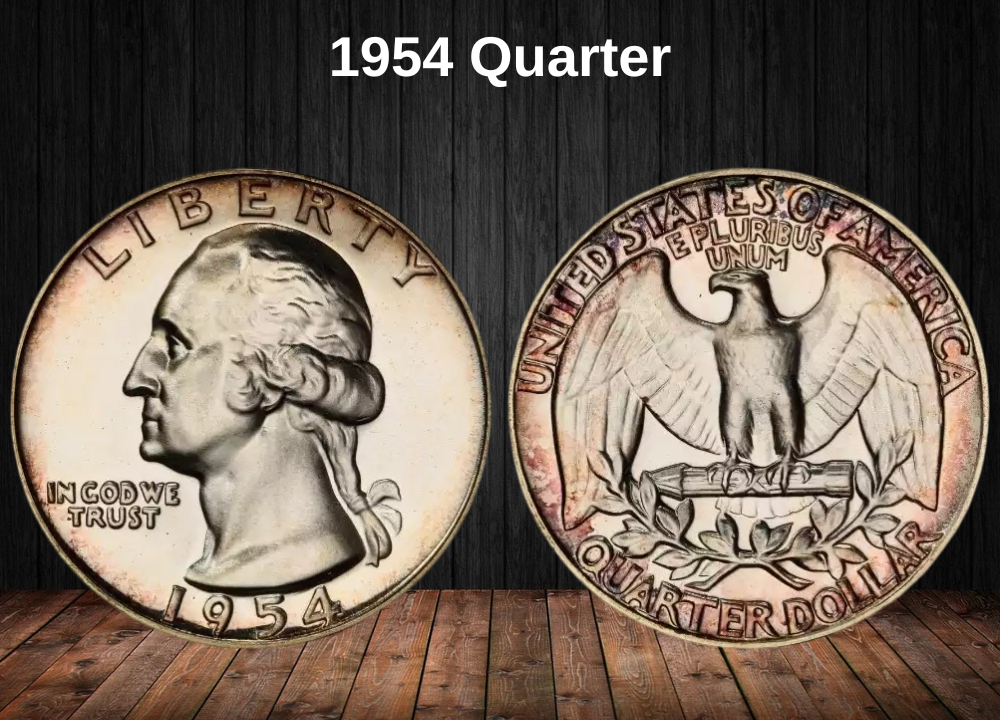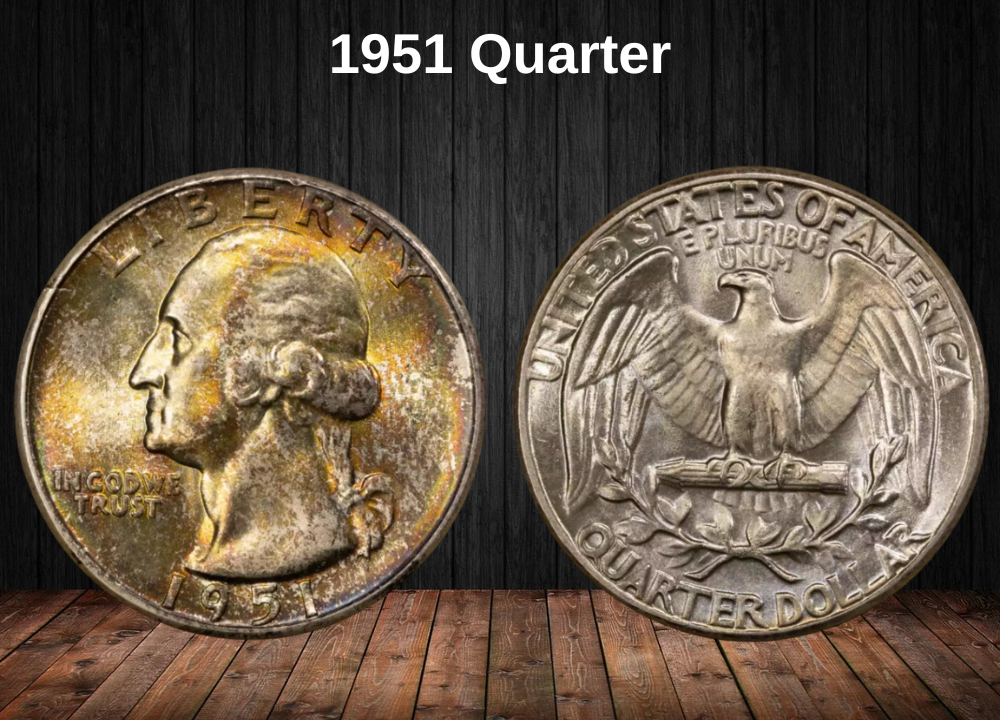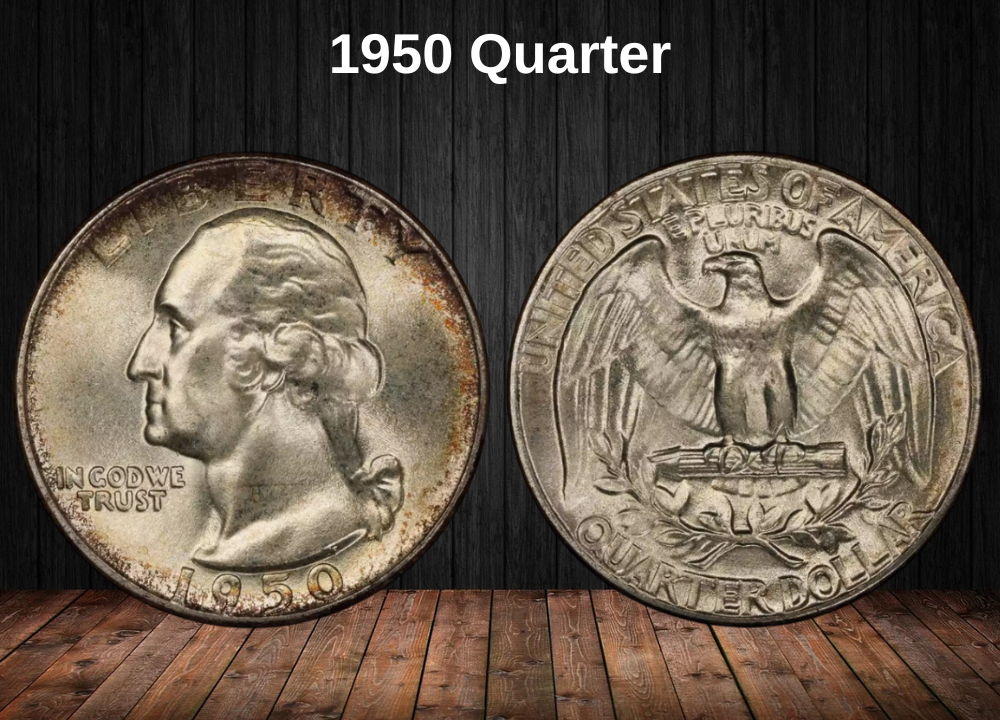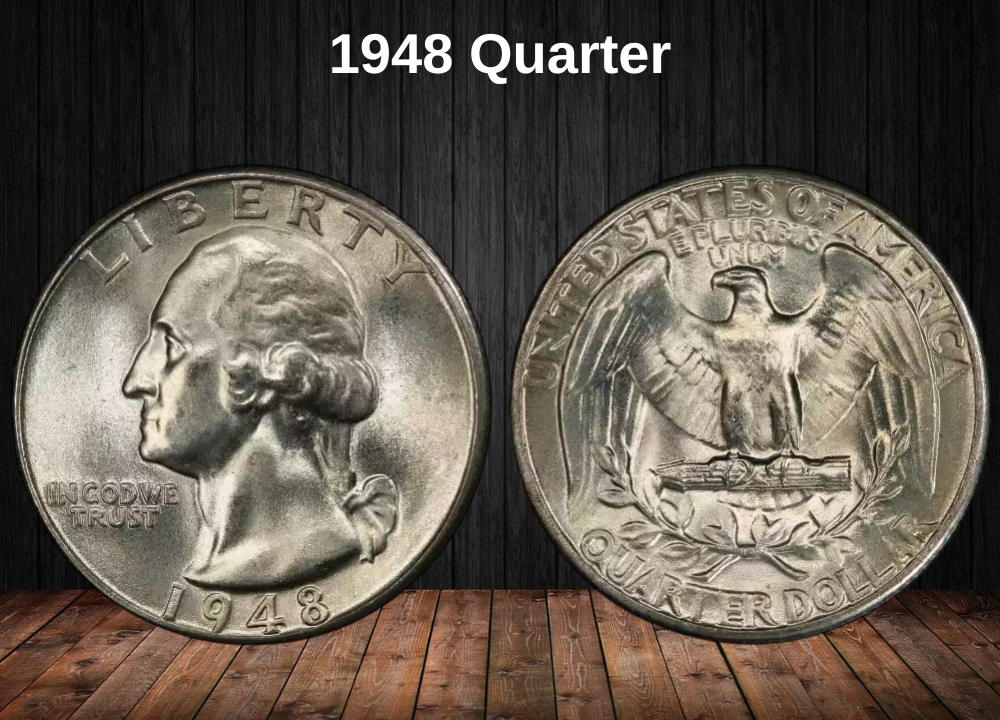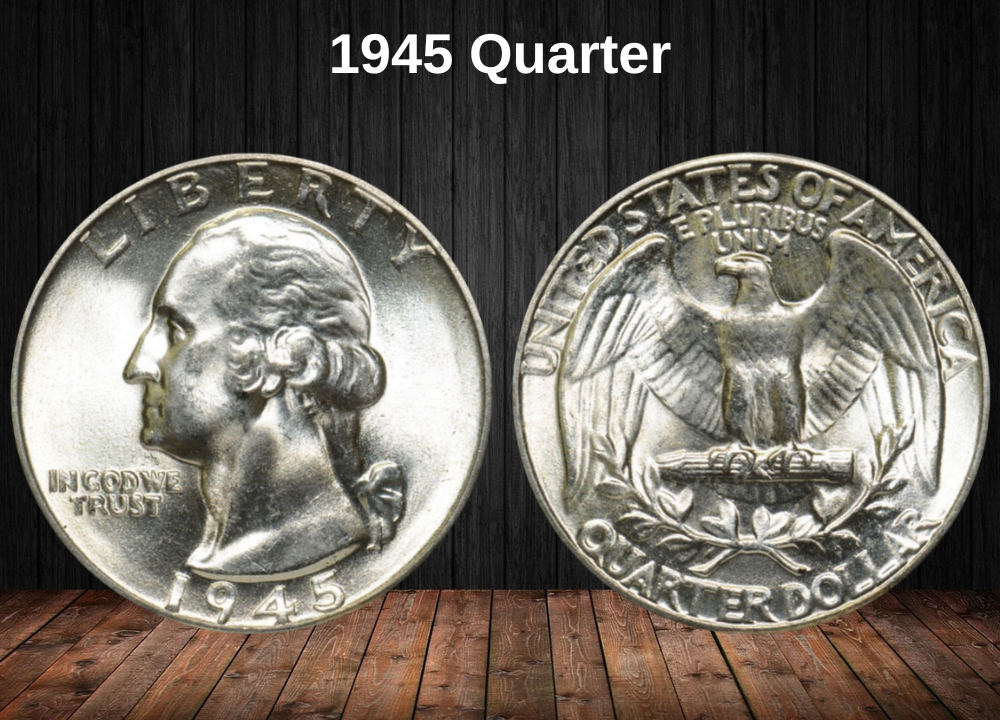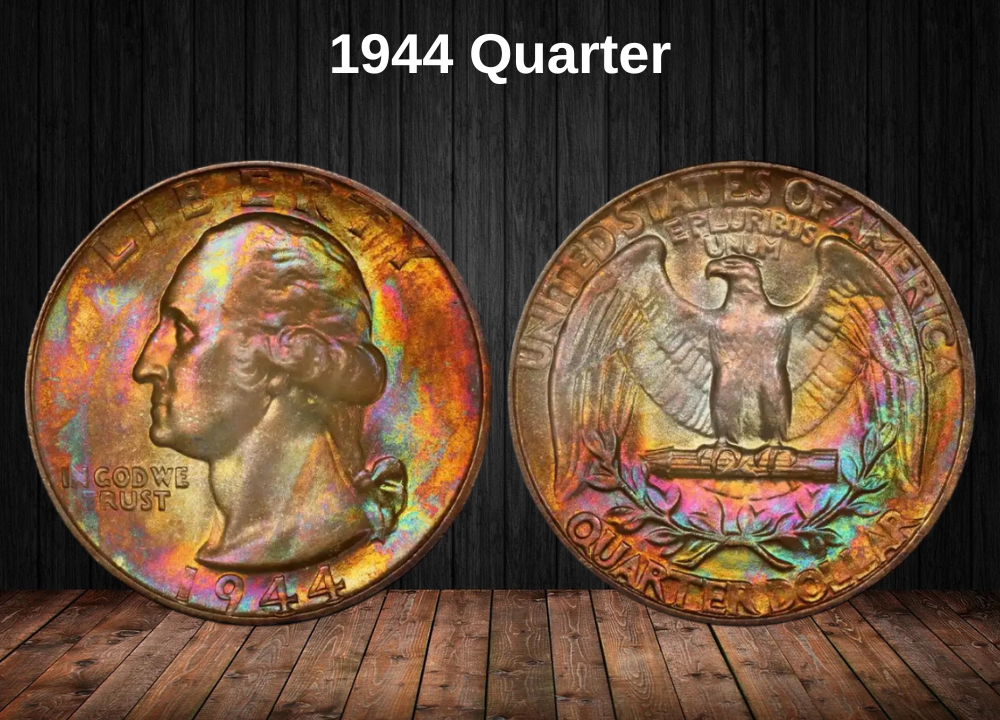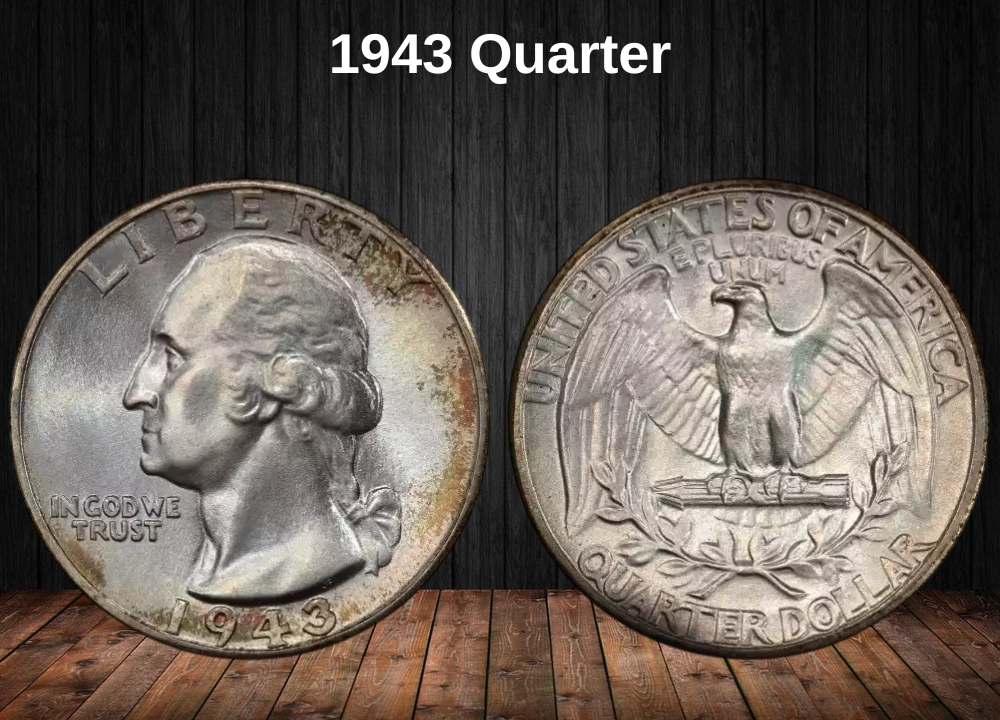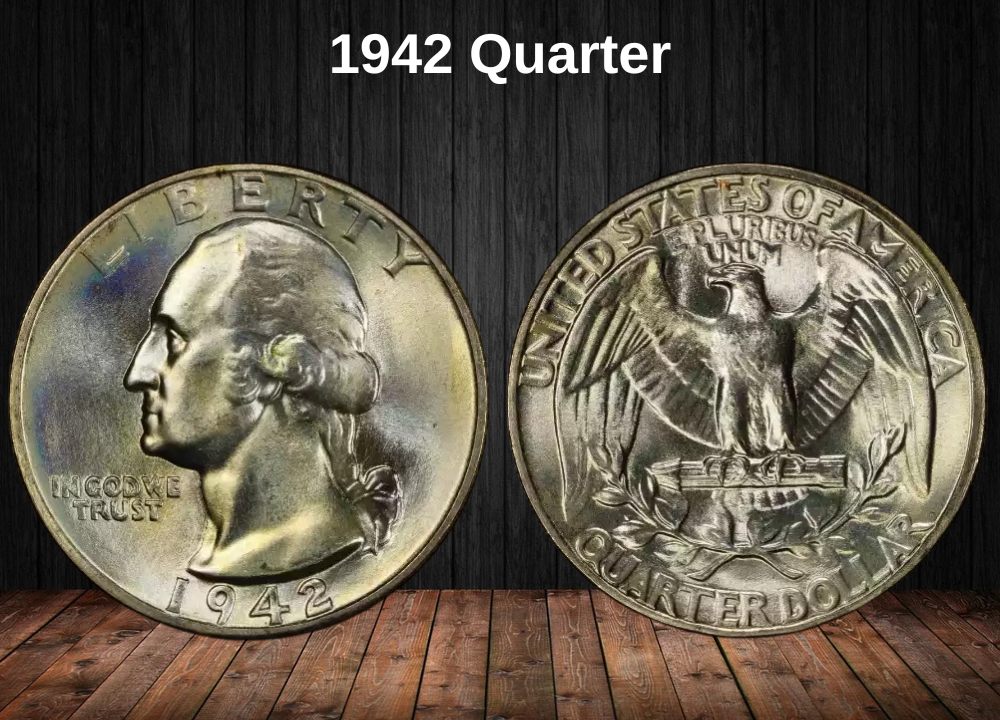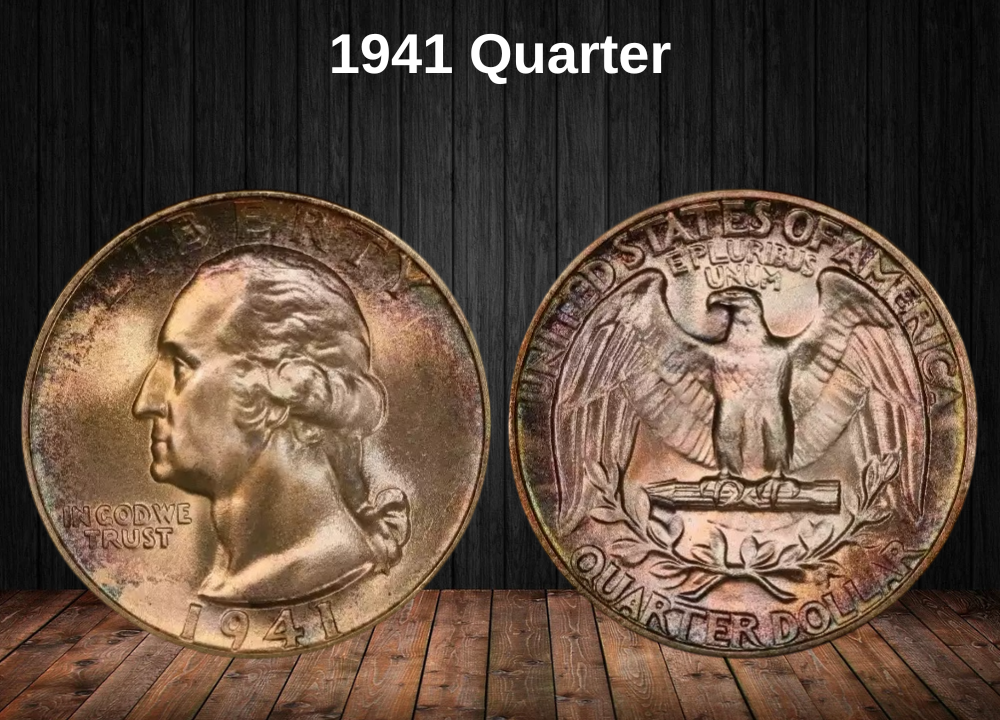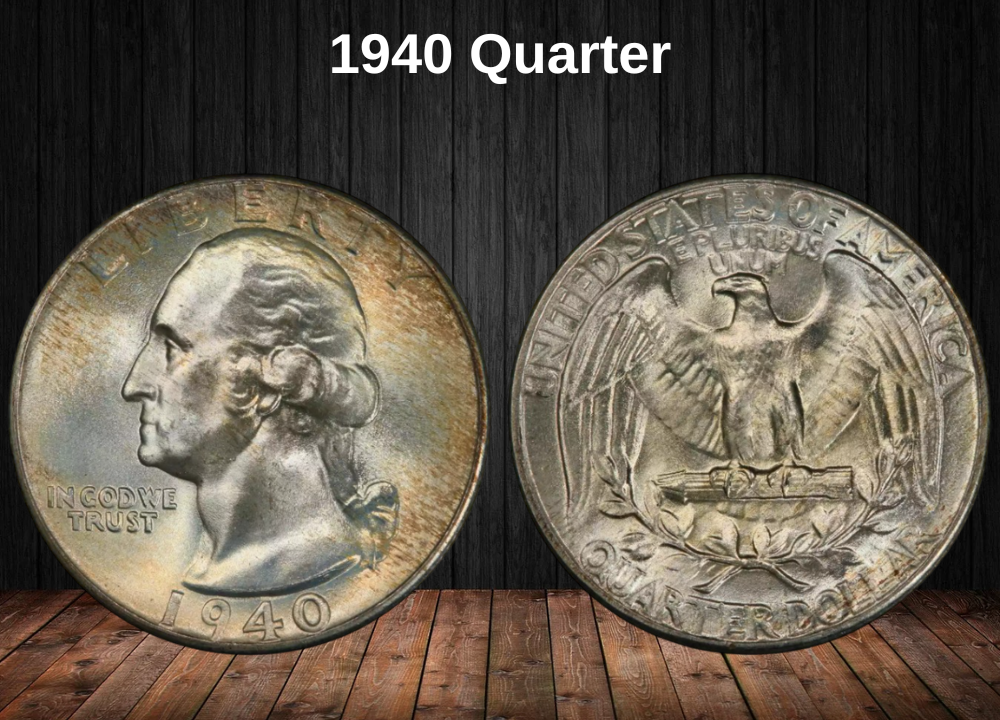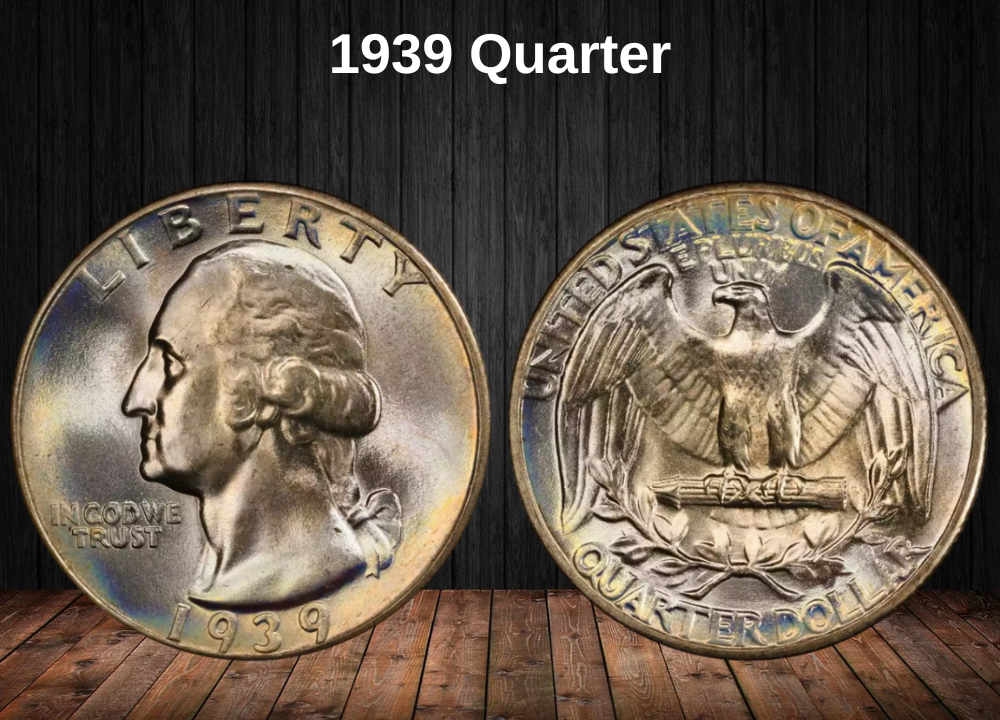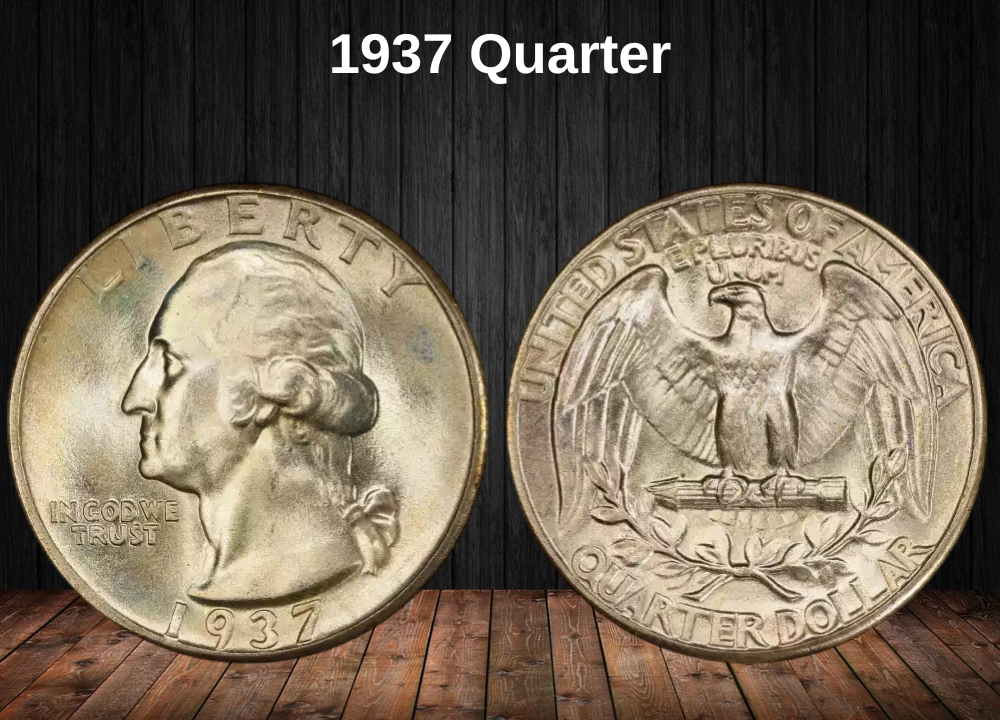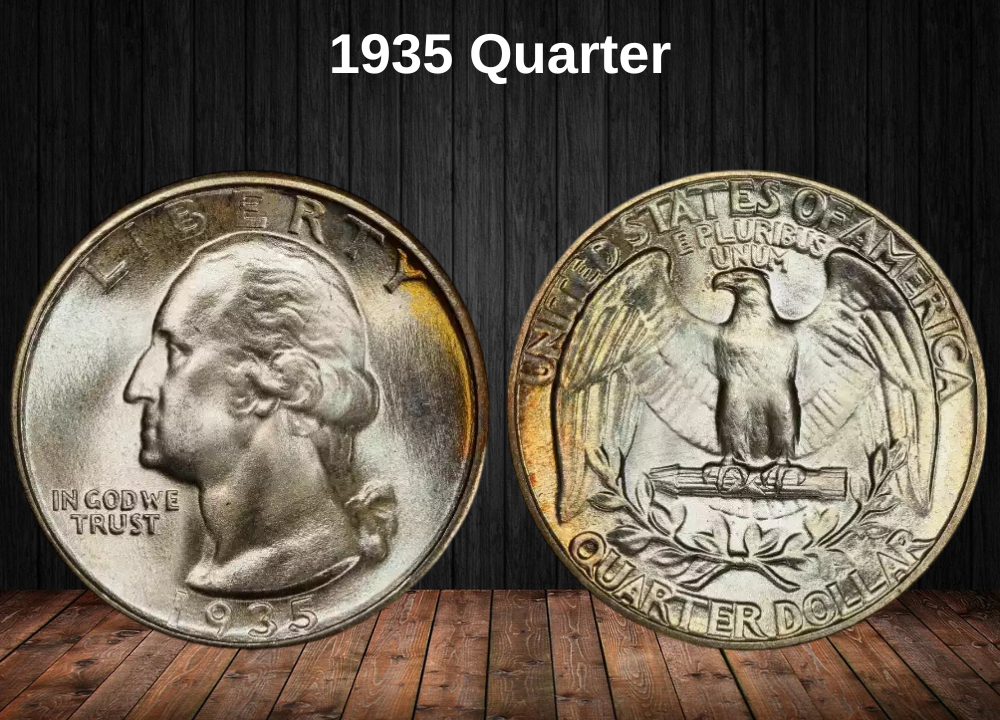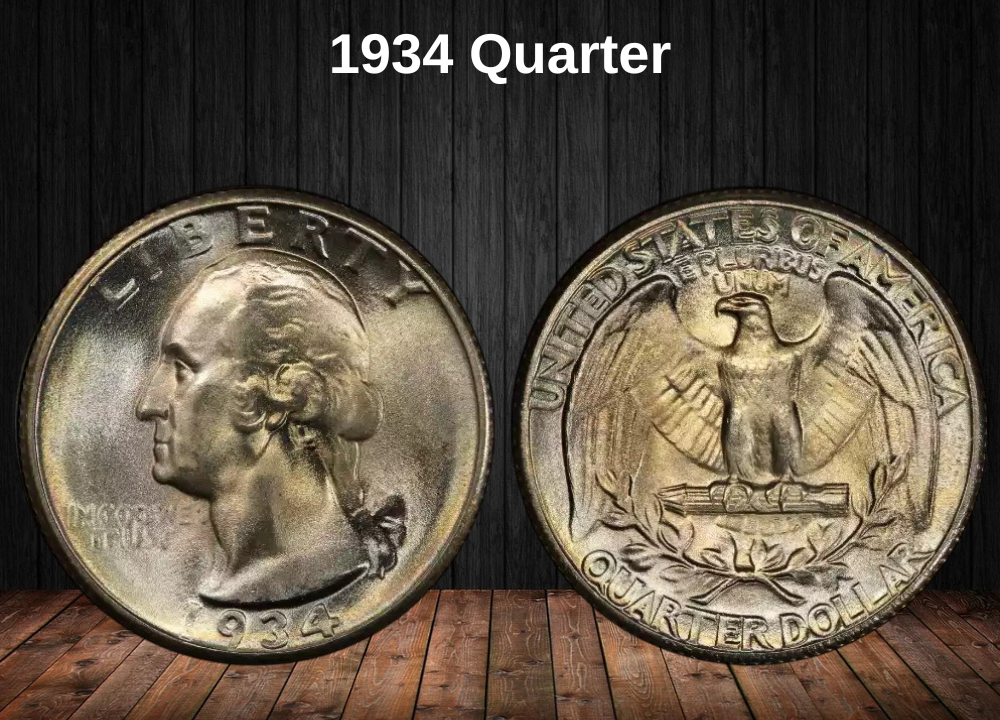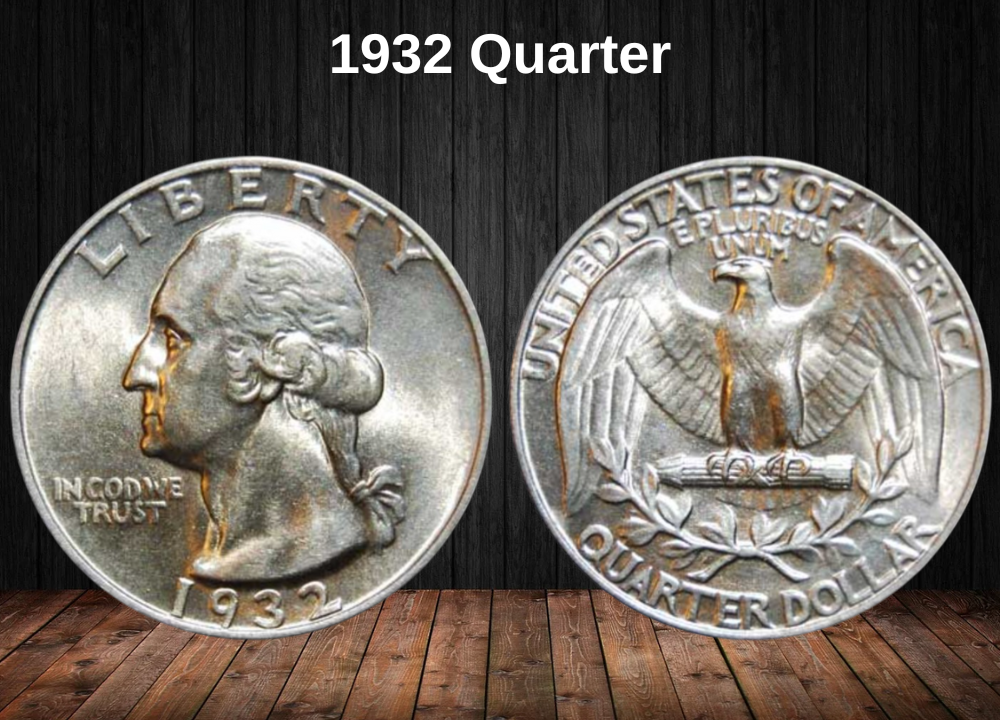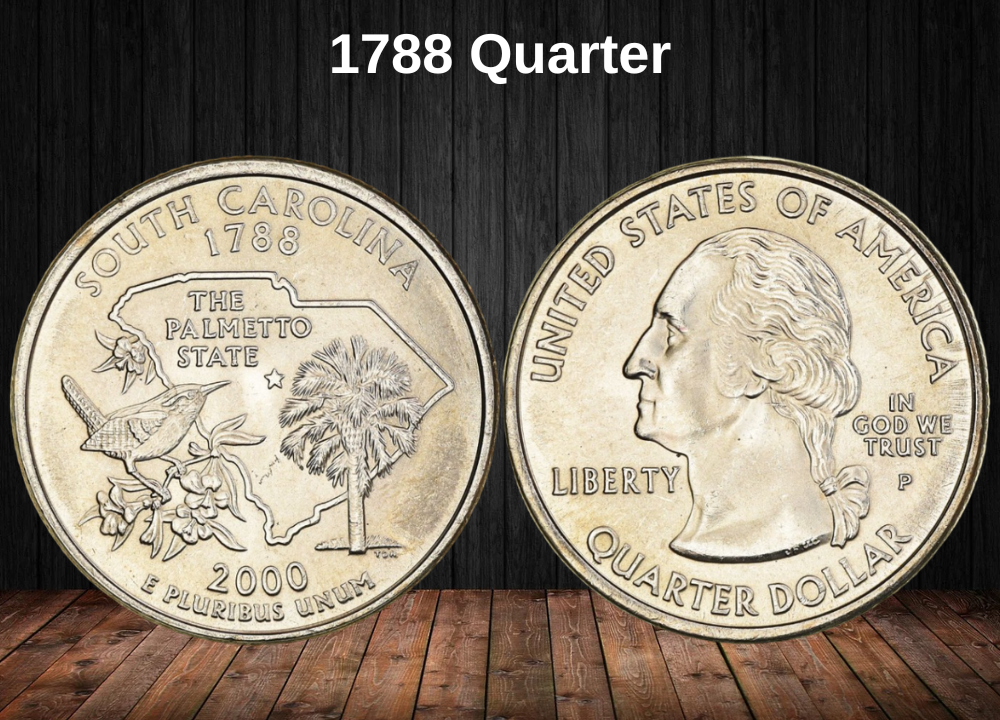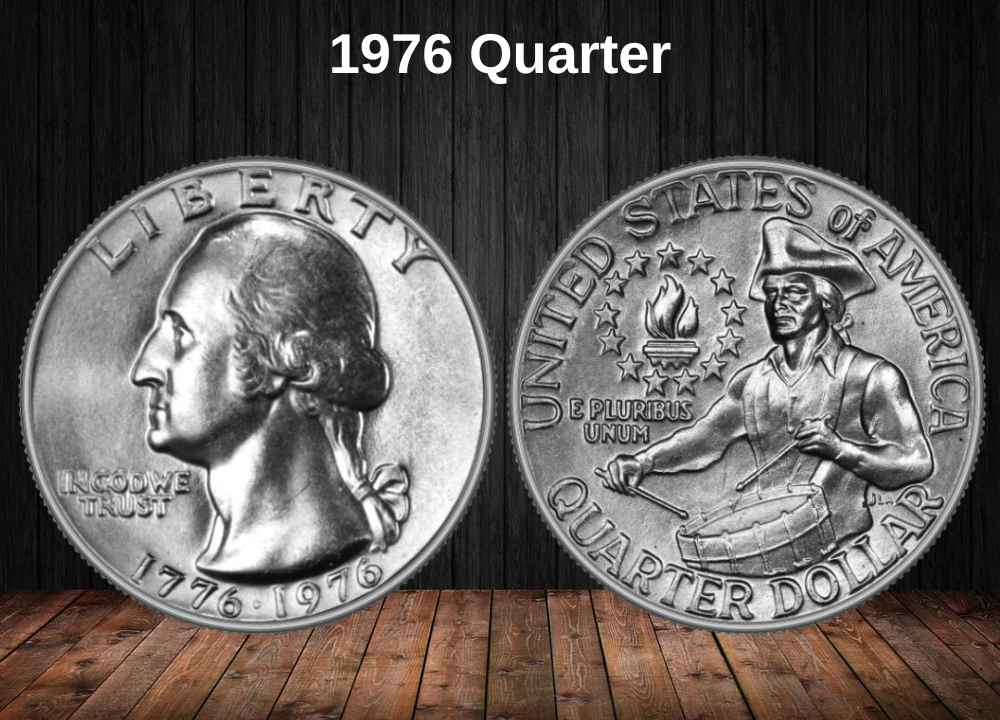Got a 1946 Washington quarter tucked away in your change jar? It could be worth far more than just 25 cents.
1946 marked a turning point in U.S. coinage history. With World War II finally over, the U.S. Mint returned to peacetime production, but silver was still the standard. The Philadelphia Mint alone struck tens of millions of quarters, ensuring they became a common sight in American pockets.
But here’s the catch—not all 1946 quarters are valued the same. While most circulate near their silver melt value, high-grade examples and certain varieties can bring hundreds of dollars at auction.
1946 Quarter Value By Variety
So, how much is your 1946 quarter actually worth? It depends on the mint mark and condition. The table below shows values from circulated “Good” condition up through Mint State, where the most dramatic price jumps occur.
1946 Quarter Value Chart
| Type | Good | Fine | AU | MS | PR |
|---|---|---|---|---|---|
| 1946 No Mint Mark Quarter Value | $6.00 | $6.17 | $7.00 | $26.33 | — |
| 1946-D Quarter Value | $6.00 | $6.17 | $7.00 | $22.17 | — |
| 1946-S Quarter Value | $5.49 | $6.17 | $7.00 | $21.83 | — |
History of the 1946 Quarter
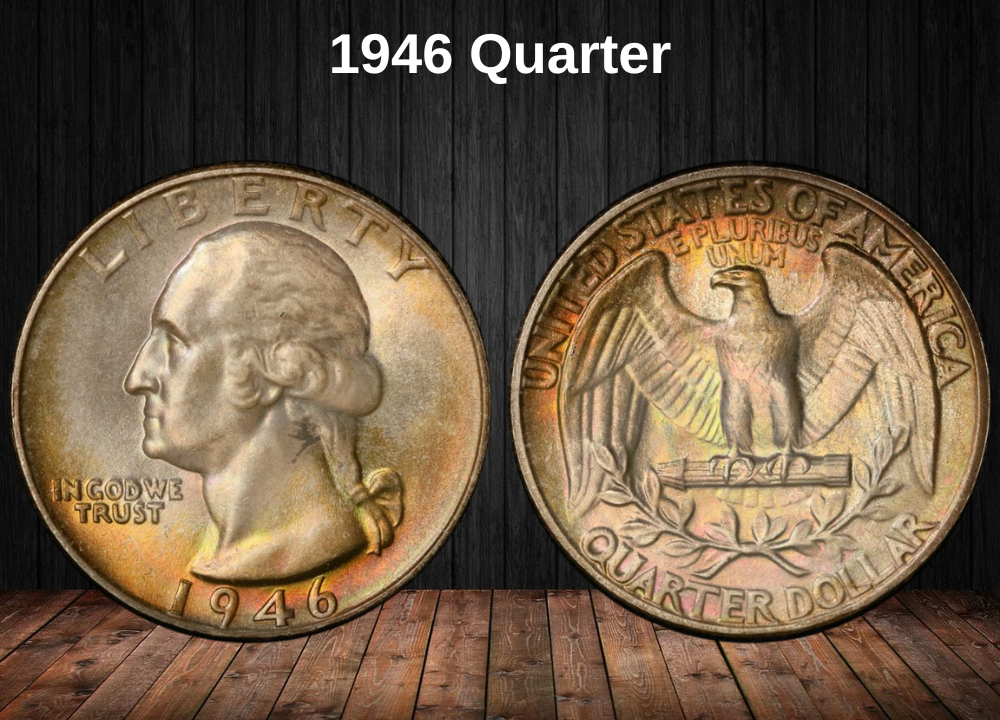
The Washington quarter series, first issued in 1932, was originally created to honor the bicentennial of George Washington’s birth. John Flanagan’s portrait of the first U.S. president was chosen for the obverse, and it remained largely unchanged for decades.
Like all pre-1965 quarters, the 1946 issue was struck in a composition of 90% silver and 10% copper, weighing 6.25 grams. This silver content gave the coins intrinsic value beyond their 25-cent face denomination, especially as silver prices began to climb in the 1960s.
By 1965, rising silver costs and widespread public hoarding—driven by the belief that the coins’ melt value would surpass face value—forced the Treasury to change the composition of quarters and dimes. The new coins featured a copper core clad with a copper-nickel alloy, reducing both silver content and weight (down to 5.67 grams). While the design remained the same, subtle modifications lowered the relief of the portrait and eagle to improve striking quality on the harder alloy.
The Washington quarter design continued in this form until 1998, when it was replaced by the 50 State Quarters Program, ushering in a new era of modern collecting.
In 1946 specifically, the Mint struck business-strike quarters at three facilities: Philadelphia (no mint mark), Denver (“D”), and San Francisco (“S”). While production was substantial, the end of World War II and the return to peacetime economy gave the 1946 quarter a unique place in U.S. coinage history—bridging wartime necessity with the beginning of postwar prosperity.
Key Features of the 1946 Quarter
The Obverse of the 1946 Quarter
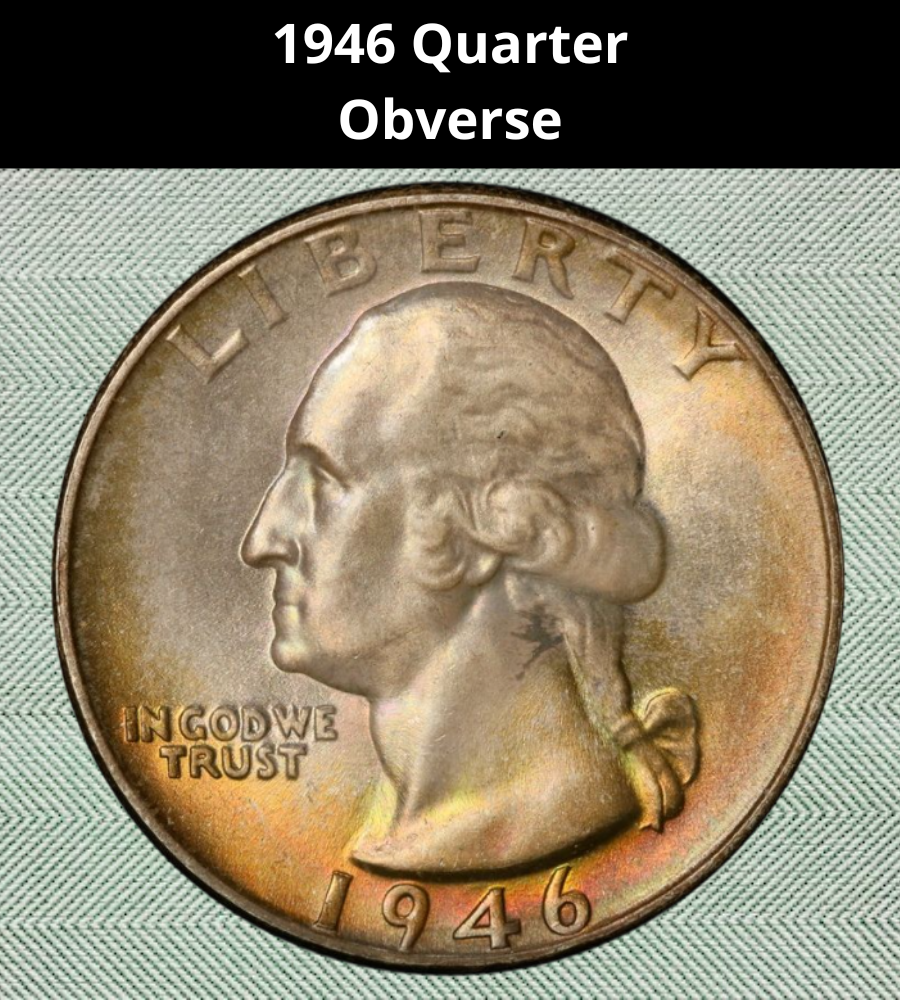
The obverse of the 1946 Washington quarter features John Flanagan’s now-iconic portrait of George Washington, first introduced in 1932. Originally, the bicentennial committee in charge of the design had selected a portrait by Laura Gardin Fraser, but Treasury Secretary Andrew Mellon favored Flanagan’s version. Despite later appeals, his successor Ogden L. Mills confirmed the decision, ensuring that Flanagan’s design became the standard.
On the obverse, Washington faces left, his hair tied back with a ribbon. The inscriptions include:
- LIBERTY – centered above his portrait.
- IN GOD WE TRUST – positioned to the left, beneath Washington’s chin.
- 1946 – the date, centered at the bottom rim.
- JF – Flanagan’s initials, placed discreetly at the base of Washington’s neck.
Although Fraser’s design was overlooked in 1932, it eventually received recognition—her Washington portrait was finally adopted on the American Women Quarters Program beginning in 2022.
The Reverse of the 1946 Quarter
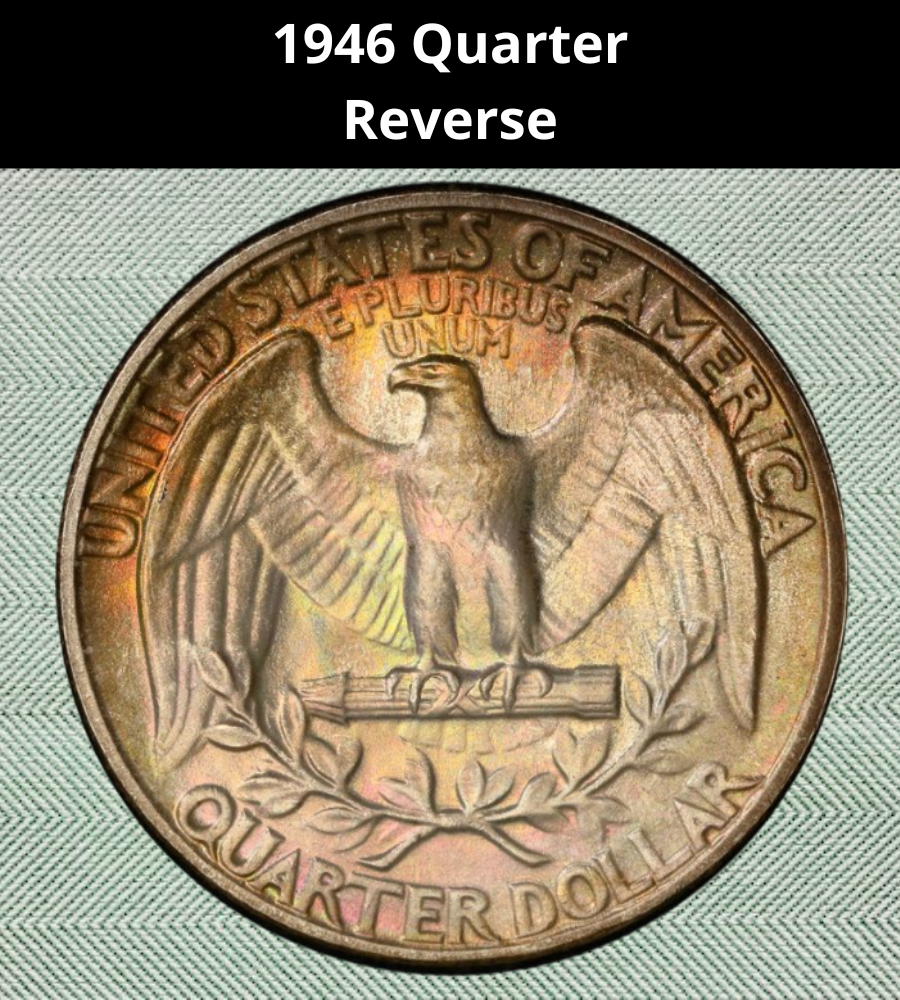
The reverse design, also by Flanagan, presents a heraldic eagle with wings fully spread, perched on a bundle of arrows that symbolize military readiness. Beneath the arrows lies an olive branch wreath, representing peace.
The inscriptions include:
- UNITED STATES OF AMERICA – arcing along the upper rim.
- E PLURIBUS UNUM – directly above the eagle’s head.
- QUARTER DOLLAR – the denomination, curving along the bottom rim.
The mint marks “D” (Denver) or “S” (San Francisco) appear just below the olive branches. Philadelphia-minted coins bear no mint mark.
Other Features of the 1946 Quarter
The 1946 quarter was struck in the traditional pre-1965 composition of 90% silver and 10% copper, weighing 6.25 grams and measuring 24.3 millimeters in diameter, with a thickness of 1.75 millimeters. Its reeded edge served both as an anti-counterfeiting measure and as a safeguard against clipping precious metal from the coin’s rim.
Importantly, 1946 quarters benefit from a refined typeface and enlarged date introduced in 1944, giving them a sharper, more defined appearance compared to earlier strikes.
1946 Quarter Grading
Accurate grading is critical for the 1946 quarter. A coin in About Uncirculated (AU) condition may trade for only a few dollars, while a true Mint State (MS) example can fetch hundreds. The fine line between AU and MS is often determined by subtle details such as luster, strike sharpness, and tiny contact marks.
Below is a breakdown of the most important features by grade level:
| Grade | Obverse Details (Washington) | Reverse Details (Eagle) | Market Notes |
|---|---|---|---|
| Good (G-4) | Heavy wear with Washington’s hair and cheek worn smooth. LIBERTY and date remain readable. | Eagle’s wings flat, most feather detail gone, but outline visible. | Collectors usually buy for silver value only. |
| Fine (F-12) | Moderate wear; Washington’s hair shows some detail above ear but cheek is flat. Motto remains clear. | Wing and tail feathers outlined but lacking inner detail. | Modest collector demand; still mostly bullion-driven. |
| About Uncirculated (AU-50/55) | Light friction on cheek and high curls of hair; most luster still intact. | Slight wear on eagle’s breast and wing tops; arrows and olive branches remain sharp. | Common grade; often mistaken for MS by beginners. |
| Mint State (MS-60 to MS-65) | Full luster with no wear, though contact marks may appear on cheek and jawline. Strong hair detail. | Bold eagle with sharp breast feathers and strong strike on arrows and olive branches. | Big price jump—true MS coins attract serious collectors. |
| Gem Mint State (MS-66 and above) | Nearly flawless, booming luster, sharp strike. Washington’s portrait clean with minimal marks. | Eagle’s feathers fully detailed, fields bright and largely mark-free. | Premiums skyrocket; registry set quality coins can bring hundreds. |
1946 Quarter Value Guides
1946 No Mint Mark Quarter Value
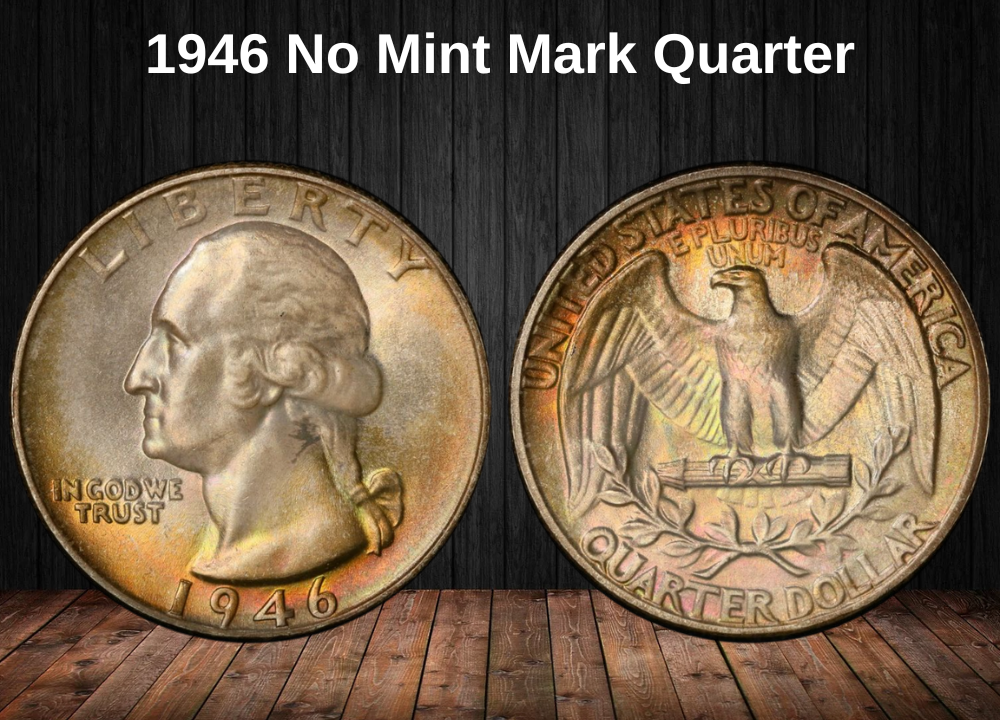
The 1946 quarter struck at the Philadelphia Mint symbolized America’s shift from wartime austerity back to routine coinage production. With a mintage of more than 53 million pieces, this issue was the workhorse of the nation’s post-war economy.
While plentiful in circulation, these coins carry added historical weight as the first full year of peacetime silver quarters. Collectors often view them not just as bullion but as a tangible reminder of America’s return to normal life after WWII.
Even with such a large output, surviving examples in true Mint State are scarcer than expected. Heavy circulation and bag marks mean that gem-quality coins are the real prize, driving premiums far beyond their silver melt value.
1946 No Mint Mark Quarter Price/Grade Chart
Price by 1–70 Grade (Latest Auction Records Included)
| Date | Auction House | Price | Grade |
|---|---|---|---|
| 07/23 | HA | $65 | 66 |
| 06/23 | HA | $79 | 66 |
| 10/22 | SB | $100 | 66 |
| 05/22 | HA | $1,860 | 67 |
| 04/22 | DL | $33 | 65 |
| 04/22 | HA | $71 | 66 |
| 02/22 | HA | $94 | 66 |
| 02/22 | SB | $408 | 67 |
| 01/22 | HA | $1,920 | 67 |
| 08/21 | HA | $69 | 66 |
1946-D Quarter Value
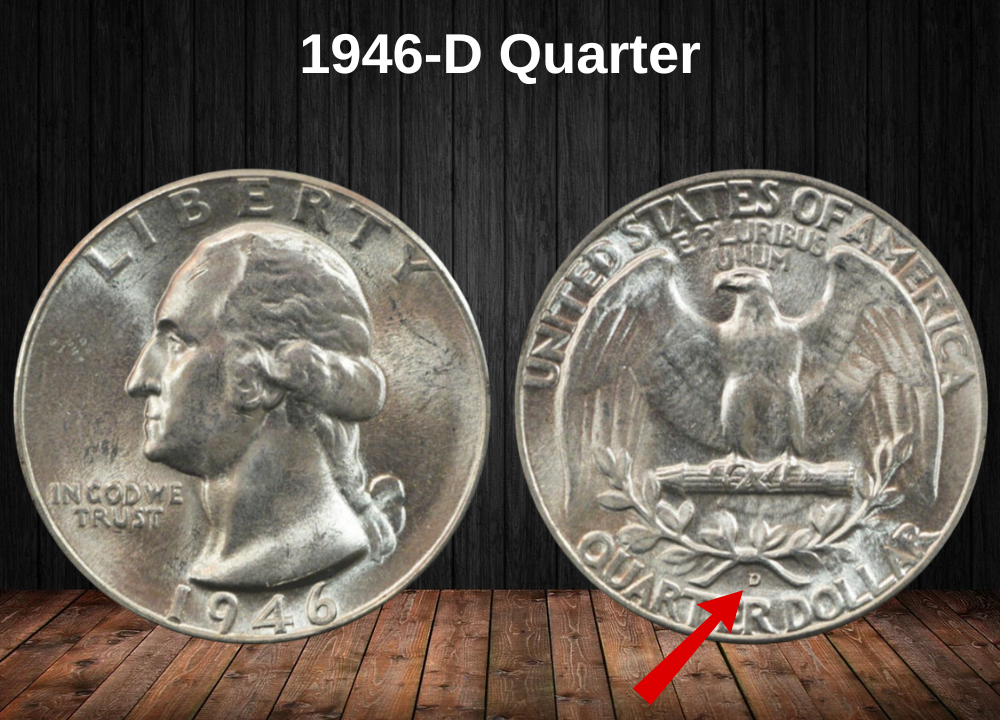
The 1946-D quarter, struck at the Denver Mint, occupies an appealing middle ground among the three mints for this year. With a total mintage of about 9 million pieces, it isn’t as widely available as Philadelphia’s huge output, yet it isn’t as scarce as San Francisco’s smaller run either.
This balance makes the Denver issue particularly attractive to collectors—it’s attainable enough for most hobbyists, but with just enough scarcity to make finding a well-preserved example feel rewarding. In higher grades, the 1946-D carries strong premiums, especially in gem mint state, where eye appeal and luster can push prices into the thousands.
1946-D Quarter Price/Grade Chart
Price by 1–70 Grade (Latest Auction Records Included)
| Date | Auction House | Price | Grade |
|---|---|---|---|
| 08/23 | HA | $2,820 | 68 |
| 02/23 | SB | $168 | 67 |
| 02/23 | HA | $3,120 | 68 |
| 09/22 | DL | $28 | 65 |
| 07/22 | DL | $32 | 65 |
| 07/22 | HA | $149 | 67 |
| 07/22 | SB | $100 | 66 |
| 06/22 | HA | $149 | 67 |
| 06/22 | SB | $144 | 67 |
| 06/22 | DL | $45 | 66 |
1946-S Quarter Value
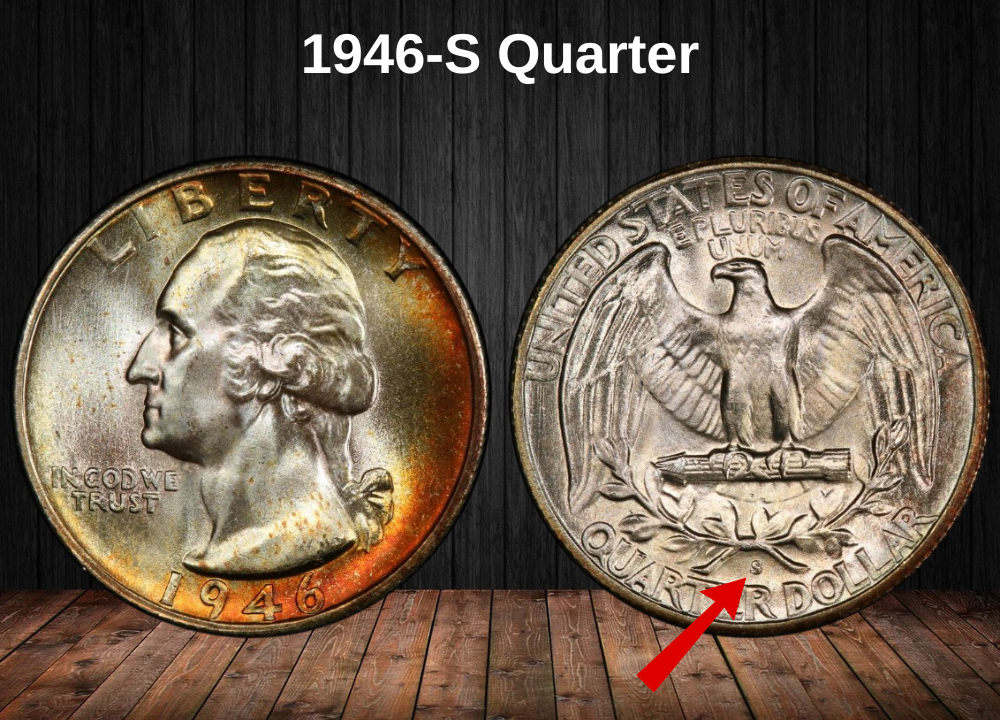
Among the three mint varieties of 1946, the San Francisco–struck 1946-S quarter is the true standout. With a modest mintage of just 4.2 million pieces, it holds the lowest production figure of the year, instantly giving it an edge in scarcity. But rarity alone doesn’t tell the full story.
What makes the 1946-S especially desirable is the dramatic value escalation once coins cross into Mint State grades. While Philadelphia and Denver issues tend to show gradual price increases, the San Francisco quarter sees a sharp surge in value at the gem level, often commanding several multiples of its siblings.
This pattern has made the 1946-S a “must-have” for advanced Washington quarter collectors who appreciate both low mintage and strong auction performance.
1946-S Quarter Price/Grade Chart
Price by 1–70 Grade (Latest Auction Records Included)
| Date | Auction House | Price | Grade |
|---|---|---|---|
| 03/25 | SB | $145 | 67 |
| 02/25 | SB | $168 | 67 |
| 01/25 | SB | $240 | 67 |
| 07/24 | SB | $85 | 66 |
| 06/24 | SB | $45 | 66 |
| 02/24 | HA | $3,360 | 68 |
| 12/23 | HA | $444 | 67 |
| 10/23 | HA | $1,200 | 67 |
| 08/23 | HA | $216 | 67 |
| 08/23 | HA | $1,440 | 67 |
Rare 1946 Quarter Error List
1. 1946 DDO FS-101 Errors
Among the standout error varieties in the Washington quarter series, the 1946 Doubled Die Obverse FS-101 holds a special place. This dramatic error displays noticeable doubling across major obverse features, especially in the inscription “IN GOD WE TRUST”, the word “LIBERTY”, and the finer details of Washington’s portrait.
The doubling occurred when the working die was accidentally impressed more than once by the master hub, but each impression was slightly misaligned. This misstep left behind the unmistakable “shadow-like” doubling effect that makes the variety so recognizable.
Collectors can usually spot this error without much difficulty, especially on well-preserved coins where the extra impressions are crisp. Even circulated examples bring solid premiums, while high-grade specimens can achieve several thousand dollars at auction—far above regular 1946 quarters.
1946 DDO FS-101 Price/Grade Chart
Price by 1–70 Grade (Most Recent Auction Records Included)
| Date | Auction House | Price | Grade |
|---|---|---|---|
| 03/24 | HA | $2,160 | MS66 |
| 01/24 | SB | $1,080 | MS65 |
| 11/23 | HA | $3,600 | MS67 |
| 08/23 | SB | $960 | MS66 |
| 05/23 | HA | $720 | MS65 |
| 02/23 | SB | $1,320 | MS66 |
| 11/22 | HA | $2,640 | MS67 |
| 09/22 | DL | $408 | MS65 |
2. 1946 DDR FS-801 Errors
The 1946 Doubled Die Reverse FS-801 is a scarce and highly collectible variety from the Washington quarter series. Unlike the more commonly encountered obverse doubled dies, this error affects the reverse design. The most prominent doubling can be found in the inscriptions “UNITED STATES OF AMERICA” and “QUARTER DOLLAR,” while more subtle effects are often visible in the eagle’s wing and feather details.
This doubling was the result of misaligned hub impressions during die preparation, the same process that produces obverse doubled dies. However, reverse doubled dies are far less common, making this variety more elusive and harder to identify. Collectors typically require magnification and proper lighting to fully appreciate the doubled features.
Because of its relative scarcity, the FS-801 reverse doubling is especially sought after by Washington quarter specialists who focus on error varieties from the 1940s.
1946 DDR FS-801 Price/Grade Chart
Price by 1–70 Grade (Most Recent Auction Records Included)
| Date | Auction House | Price | Grade |
|---|---|---|---|
| 02/24 | HA | $1,560 | MS66 |
| 11/23 | SB | $960 | MS65 |
| 08/23 | HA | $2,040 | MS67 |
| 05/23 | SB | $720 | MS65 |
| 03/23 | HA | $1,140 | MS66 |
| 11/22 | HA | $660 | MS64 |
| 09/22 | DL | $504 | MS64 |
3. 1946-D/D RPM FS-501 Errors
The 1946-D/D Repunched Mintmark (RPM) FS-501 is one of the most interesting Denver Mint varieties from the mid-1940s. This error occurred when the “D” mintmark was hand-punched into the working die more than once in slightly different positions, resulting in overlapping impressions.
Under magnification, the mintmark often shows as a thicker or doubled “D”, with fragments of the earlier punchings still visible. These diagnostics make it relatively easy to identify for experienced collectors.
Because mintmarks during this era were still applied manually, RPM varieties like the FS-501 offer a tangible connection to historical minting practices. Among Washington quarter specialists, the 1946-D/D FS-501 is considered a desirable variety due to both its scarcity and strong visual characteristics.
1946-D/D RPM FS-501 Price/Grade Chart
Price by 1–70 Grade (Most Recent Auction Records Included)
| Date | Auction House | Price | Grade |
|---|---|---|---|
| 01/24 | HA | $1,560 | MS66 |
| 10/23 | SB | $840 | MS65 |
| 08/23 | HA | $1,320 | MS66 |
| 06/23 | DL | $504 | MS64 |
| 04/23 | HA | $780 | MS65 |
| 11/22 | HA | $456 | MS64 |
| 09/22 | SB | $312 | MS63 |
4. 1946-S/S RPM FS-501 Errors
The 1946-S/S Repunched Mintmark (RPM) FS-501 is one of the standout San Francisco varieties of the mid-1940s. This error was created when the “S” mintmark was hand-punched into the die more than once, leaving behind clear traces of the earlier impressions.
Under magnification, the mintmark often appears thicker or slightly spread, with shadow-like remnants from the initial punches beneath or adjacent to the final “S.” These diagnostics make the FS-501 easy to distinguish from normal strikes.
San Francisco RPMs from this year are especially significant, as they reflect the Mint’s post-war production adjustments, when demand for new coinage surged after World War II. Collectors prize this error both for its historical context and its distinct visual characteristics.
1946-S/S RPM FS-501 Price/Grade Chart
Price by 1–70 Grade (Most Recent Auction Records Included)
| Date | Auction House | Price | Grade |
|---|---|---|---|
| 02/24 | HA | $780 | MS66 |
| 12/23 | SB | $504 | MS65 |
| 10/23 | HA | $408 | MS65 |
| 08/23 | SB | $336 | MS64 |
| 06/23 | DL | $264 | MS63 |
| 05/23 | HA | $1,050 | MS66 |
| 11/22 | HA | $372 | MS64 |
Where to Sell Your Quarter Coin?
Now that you know the value of your quarter, the next step is deciding where to sell it. There are several trusted options—both online and in person—that can help you get the best price depending on your coin’s rarity and condition.
To see the full list of recommended places, along with their advantages and disadvantages, check our complete guide on where to sell your quarter coins.
FAQ About the 1946 Washington Quarter
1. Why is the 1946 Quarter historically important?
The 1946 Washington Quarter was the first peacetime issue after World War II. Struck in 90% silver, it symbolizes America’s transition from wartime coinage demand back to normal economic conditions.
2. Which mints produced the 1946 Quarter?
The coin was minted at Philadelphia (no mint mark), Denver (“D”), and San Francisco (“S”). Philadelphia had the largest mintage, while the 1946-S is often considered scarcer in higher Mint State grades.
3. Are there notable errors or varieties for the 1946 Quarter?
Yes. Collectors search for Doubled Die Obverses (DDOs) and Repunched Mintmarks (RPMs), especially from Denver and San Francisco. Off-center strikes and clipped planchets are also known, and they can significantly increase a coin’s value.
4. How much is a 1946 Quarter worth today?
Circulated examples are typically worth $5–$15, close to silver melt value. Mint State coins (MS65) usually range from $100–$250, while superb gems (MS67+) can surpass $1,000. Rare error varieties can command even higher prices at auction.
5. What should collectors look for in a 1946 Quarter?
Focus on strike sharpness, particularly Washington’s hair curls and the eagle’s breast feathers. Original mint luster and natural toning add to value. Since altered or cleaned coins are common, certification by PCGS or NGC is recommended for high-grade or variety pieces.

